- Information
- Transport & Travel
© Hawlfraint y Goron / Crown Copyright

Travel Wales - How To Get Around
If you are living outside of the UK you may need a UK visa to visit Wales. Wales is part of the United Kingdom and the UK-wide visa and immigration system. To find out more visit the UK Government Visas and Immigration website .
There are three main motorway links between Wales and England. The M4 is the arterial route from London to South Wales, stretching as far as Pont Abraham in Carmarthenshire, West Wales. As you enter Wales, you’ll pass over one of the two spectacular Severn Bridges. Tolls have been abolished, with effect from the end of 2018.
The M50 connects Monmouthshire and Mid Wales with the M5 north-south route, for access to the Midlands, the West Country and beyond. The M6 and M56 provide the quickest way to North Wales from Manchester and the North of England, linking up to the A55 that stretches across North Wales.
Ferry services operate between the west coast of Wales and the Republic of Ireland (Fishguard or Pembroke to Rosslare, and Holyhead to Dublin). The frequency of the services means it’s easy to combine a stay in Wales with a quick jaunt over to Ireland, and the quickest ferries make the crossing in just two hours.
Wales has six ports that accept cruise ships , offering a range of services and facilities: Newport, Cardiff and Swansea in the Bristol Channel; Fishguard and Milford Haven in West Wales; and Holyhead on Anglesey.
The South Wales Main Line connects London to Newport, Cardiff, Swansea and other destinations in South and West Wales. When works to electrify part of the line are complete, the journey time between London Paddington and Cardiff will be cut from just over two hours to around an hour and 45 minutes.
For those travelling to Wales from overseas, Paddington is a short hop by London Underground from St Pancras International Station, where Eurostar services from Paris, Brussels and other destinations in mainland Europe terminate. Passengers arriving in the UK from Heathrow, Gatwick, Stansted, Luton or London City Airports can travel by rail to other London terminals, and transfer to Paddington by Underground to board a train to South Wales.
Cardiff Central is Wales’ busiest station. As well as the London service, it has regular trains from destinations including Bristol, Birmingham, Portsmouth, Southampton, Manchester and Shrewsbury. It’s also the hub of a regional network that serves the South Wales Valleys. Since October 2018, train services within Wales and around the Welsh Borders have been operated by Transport for Wales .
Other parts of Wales can be reached from England via their own routes. There are direct trains from London Euston and Manchester to Llandudno, Bangor and Holyhead; and from Birmingham, Shrewsbury and Crewe to the North Wales coast and the Llŷn Peninsula.
National Rail Enquiries is a source of information for all passenger rail services in the UK.
Cardiff Airport is located just outside our capital, and there are regular bus and rail links to the city centre and other parts of South Wales. Around 80 minutes in the air takes you to European hubs such as Amsterdam and Paris, and there are frequent domestic services to destinations including Newcastle, Edinburgh, Glasgow, Aberdeen and Belfast.
Since May 2018, a daily Qatar Airways flight operates between Cardiff and Doha. It provides a Welsh connection to more than 150 destinations across six continents, including key routes to and from Australia, Japan, Thailand, India, South Africa, Hong Kong and China.
Although Cardiff is by far the largest airport within Wales, the country is easily accessible from nearby airports in England. Liverpool John Lennon Airport and Manchester Airport are both well placed for North Wales (Liverpool is only around 60km or 40 miles from Wrexham).
Birmingham Airport is around one-and-a-half hours from Welshpool or Monmouth, for Mid Wales and South East Wales respectively. Bristol Airport is around 90 minutes away from Cardiff by road, and served by direct coach services from Cardiff. London Heathrow Airport is within easy reach of the M4 motorway and fast railway services to South Wales via Paddington or Reading.
Related links:
- Visit Wales : Search for places to stay, things to do, and things to see in Wales
- The Wales Way : Explore three touring routes through the heart of Wales
- Transport for Wales : Train travel in Wales
Traveline Cymru : Public transport journey planning
Related stories
The location of wales in the world.
Where is Wales?
Cities in Wales
Find out more about what cities Wales have to offer: Cardiff, Newport, Swansea, Bangor, St Davids, St Asaph and Wrexham.
- Towns & Cities
UNESCO – World Heritage in Wales
Wales now boasts four UNESCO World Heritage Sites. Here’s an intro to all four, with details about why each is so important to the history of Wales, and the wider world.
Gazing to the Welsh heavens
With three protected International Dark Sky Places within its borders, Wales is now one of the top destinations in the world for stargazing.
Before you start...
This site uses animations - these my cause issues for some people and can be turned off.
Best Time to Visit
Weather & Climate
Driving in Wales
Top Destinations
Best Beaches
Castles to Visit
Weird & Amazing Attractions
Adventurous Things to Do
Things to Do in Cardiff
48 Hours in Cardiff
Snowdonia National Park Guide
Guide to the Pembrokeshire Coast
Food to Try in Wales
Best Restaurants
Your Trip to Wales: The Complete Guide
Wales Guide: Planning Your Trip
:max_bytes(150000):strip_icc():format(webp)/laura-for-web1-54b93256650f406ebc761ec19d875246.jpg)
With more than 600 castles, unique cultural and culinary traditions, and untamed, dramatic coastline, it's shocking that only a small percentage of visitors to the United Kingdom set foot in Wales. There's something for everyone here, whether you're into trekking mountain peaks in Snowdonia National Park, exploring "Dr. Who" filming locations in Cardiff, or strolling among Easter egg-hued beachfront cottages in quaint Tenby. Plus, it's remarkably easy to get to. Here's what to know for planning your trip to Cymru. (P.S. That's the country's name in Welsh, which you might be surprised to hear throughout the country!)
Planning Your Trip
Best Time to Visit : Wales is at its best during the late spring through early summer. You can expect a fair bit of rain, but also beautiful flowers throughout the country. Wales's temperate, humid climate means that there's only a small variation among temperatures throughout the year, with summer temperatures usually hovering in the mid-60s F.
Language: English and Welsh, the latter of which has seen a resurgence in recent years. According to a survey conducted by the Welsh government in early 2020, nearly 30 percent of the population can speak Welsh , and the government aims to have 1 million Welsh speakers by 2050.
Currency: The pound sterling.
Getting Around : Wales is a tiny country—you can drive from Cardiff, along the Southern coast, to Angelsey, an island in the north, in about four-and-a-half hours, and many of the roads are scenic. Wales is also supported by an excellent network of cycling and rail connections.
Travel Tip: Don't let the tiny size of Wales fool you—this small area can easily sustain a trip of a week or more.
Things to Do
Depending on where in Wales you're visiting, activities can include everything from coasteering off the coastline , visiting the many famous television and film sites (Dr. Who, Harry Potter, James Bond, and Tomb Raider, among others), or simply lying on one of Wales's sprawling, sandy beaches . You won't be bored no matter what you choose.
- Even if you're planning on heading farther afield, spend at least a day or two in Cardiff , Wales's largest city. This bustling university town has excellent nightlife and restaurants and is also home to the National Museum of Wales, which houses one of Europe's best collections of Impressionist art.
- Wales is a surfing hotspot , with surfers taking to the sea in Whitesands and Freshwater West in Pembrokeshire, Oxwich Bay, and Llangennith in Gower, among others. Want to get your feet wet (literally) in a more tame environment? Adventure Parc Snowdonia has an artificial wave lagoon, perfect for beginners.
- With so many castles (and ruins) across Wales , it's hard to choose which to visit. But if you only visit one, make it Conwy Castle . The castle still has a complete set of medieval royal residential rooms, and visitors can walk a full circuit of the eight-towered battlements and town walls.
Looking for more things to do in Wales? Check out the top 15 destinations to visit in Wales , the best Welsh castles to visit , Wales's best beaches , and adventurous things to do in Wales .
What to Eat and Drink
Wales is home to many unique culinary traditions that can be hard to find elsewhere in the U.K. While some commonly-used ingredients in Welsh cooking—leeks, lamb, and excellent cheese, among others—might not be surprising, they can come together in unique ways. Don't miss trying Glamorgan sausage, an ironically meat-free snack made from cheese, leeks, and breadcrumbs, or laverbread, a seaweed harvested in South Wales. You'll also want to tuck away a sleeve of moreish Welsh cakes (firm, thick pancakes studded with fruit) as a souvenir.
Learn more about the best foods to try in Wales .
Where to Stay
Whether you're interested in roughing it or being treated like a queen, Wales has it all. Cardiff, being Wales's largest city, has an abundance of hotel choices, while smaller towns' accommodation options might be limited to quaint pubs or guesthouses.
In the countryside, you'll find castle hotels like Ruthin or Roch Castle , farm stays, and even yurts, and along the coast, there are many seaside resorts. (One of the nicest is Pembrokeshire's St. Brides Spa Hotel , famously where the cast of "Harry Potter and the Deathly Hallows: Part 2" stayed during filming.)
Getting There
If you're spending any measurable amount of time in London, there's no excuse for not visiting Wales—it's just that easy. Getting from London to Cardiff is very easy and affordable via train, which takes only 1 hour, 45 minutes, and costs around $36. If you don't mind a more extended trip, bus tickets can be had for as little as $6.
The Cardiff Airport isn't huge, but it does receive international flights from Paris, Geneva, Amsterdam, Munich, and others. There are also plenty of regional flights from other destinations within the U.K. If your trip is starting in northern Wales, you might find it easier to fly into the U.K.'s third-largest airport , Manchester Airport, less than an hours' drive from the Welsh border.
Driving in Wales is uncomplicated, but many roads are small, so you shouldn't be surprised if your trip is briefly derailed by a flock of sheep on the road!
Culture and Customs
While Wales is part of the U.K., don't call a Welsh person British! The Welsh are fiercely protective of their country's history and traditions, and the country has its own set of customs, holidays, and even political practices that distinguish it from England. If you're visiting Wales in August, don't miss the annual National Eisteddfod , a massive celebration of Welsh music, poetry, and art.
Money-Saving Tips
- In Cardiff, the excellent National Museum is free. On the outskirts of the city, visit St. Fagans National Museum of History . This free, open-air museum offers a unique glimpse into Welsh history through relocated historic buildings, reenactments, and more.
- Rugby is huge in Wales, and going to a match is an experience unlike any other. If you're looking to save money on tickets, try to get tickets for the fall international matches (held in November and December), as opposed to the Six Nations matches in early spring.
- For a quick and inexpensive meal on the go in Cardiff, pop into the Victorian-era Cardiff Market. The market has been operating since the 18th century and is home to butchers, produce vendors, fishmongers, and plenty of Welsh cakes.
Welsh Government. " Welsh language data from the Annual Population Survey: April 2019 to March 2020 ." June 25, 2020
UK Civil Aviation Authority. " CAA Airport Data 2019. "
Cardiff. " Cardiff Central Market ."
The Pembrokeshire Coast: A Complete Guide
Where to Go in 2021: 10 Future Trips You Can Start Planning Now
10 Questions to Ask Yourself Before You Plan Your UK Trip
Pembrokeshire Coast National Park: The Complete Guide
The Top 15 Destinations in Wales
Best Time to Visit Wales
Top 20 Most Popular UK Cities for International Visitors
Your Trip to Universal Orlando: The Complete Guide
Germany Guide: Planning Your Trip
10 Foods to Try in Wales
The Top 8 Adventurous Things to Do in Wales
Scandinavia and the Nordic Region: Planning Your Trip
Your Trip to Copenhagen: The Complete Guide
France Guide: Planning Your Trip
Prague: Planning Your Trip
The Top 14 Restaurants in Wales
Explore Wales

Plan Your Trip to Wales: Best of Wales Tourism
Essential wales.
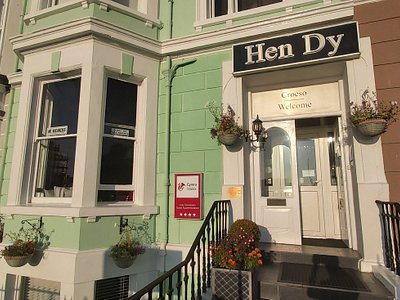
Trending in the forums
Wales Is Great For
The great outdoors.
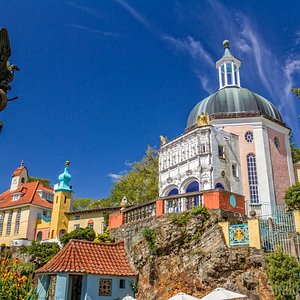
Eat & drink

How to travel around in Wales: enjoy epic scenery as you go

Nov 25, 2021 • 6 min read
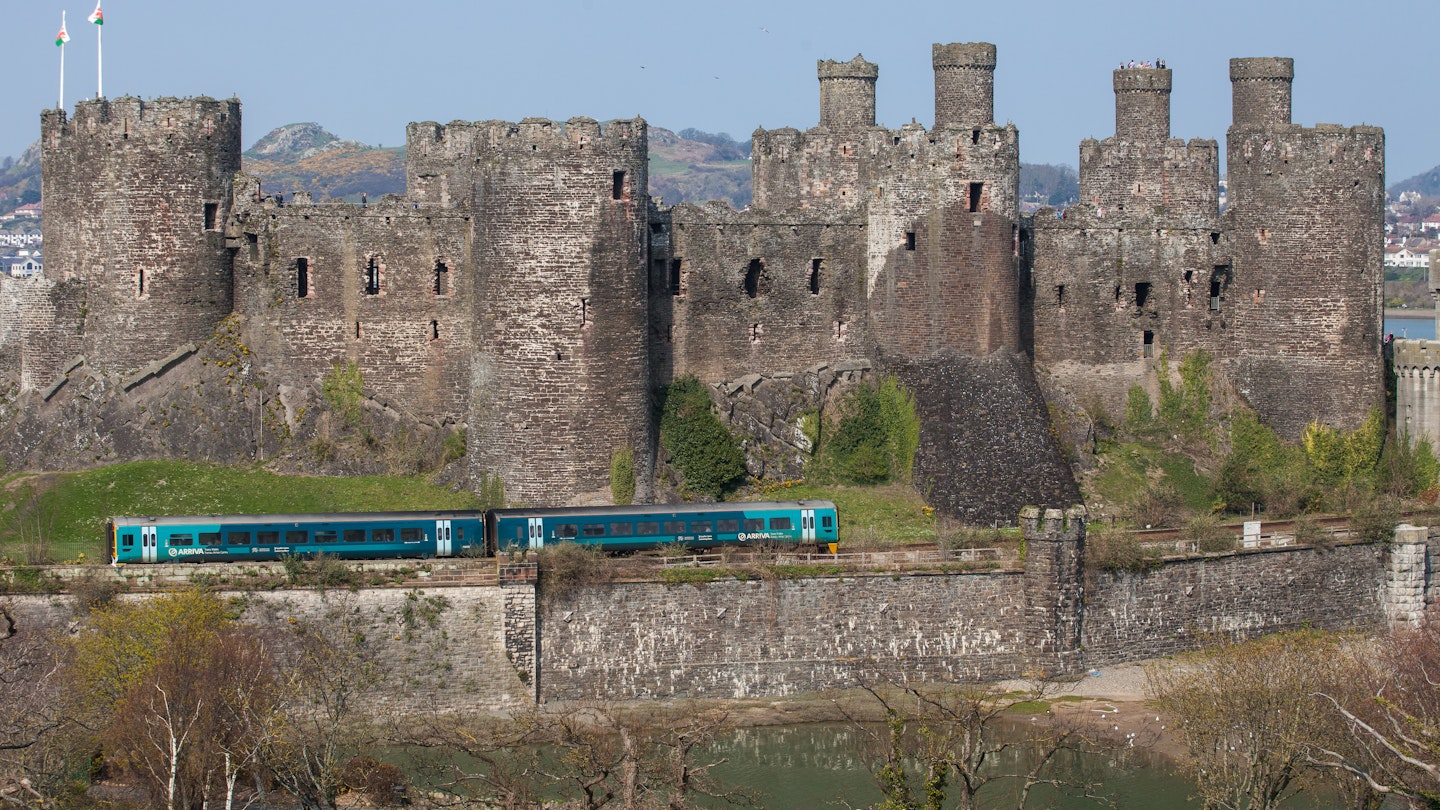
From budget train and bus transportation passes to finding the perfect cross-country cycle route, here are the best ways to travel around in Wales © wcjohnston / Getty Images
Wales is made for lovers of the great outdoors , and many of its most scenic travel routes are best explored on foot or by bike. The 870-mile (1400 km) Wales Coast Path winds its way around the entire Welsh coast – a world first when it launched in 2012 – and the country’s rural heart is crisscrossed with off-road cycle routes and quiet country lanes.
Traveling the country by public transportation is entirely possible with a little patience and planning. Buses and trains are generally comfortable and efficient, but you're likely to find driving your own set of wheels more convenient if you’re hoping to pack lots in or venture to Wales’ wildest parts. Here are our top tips for getting around in Wales.
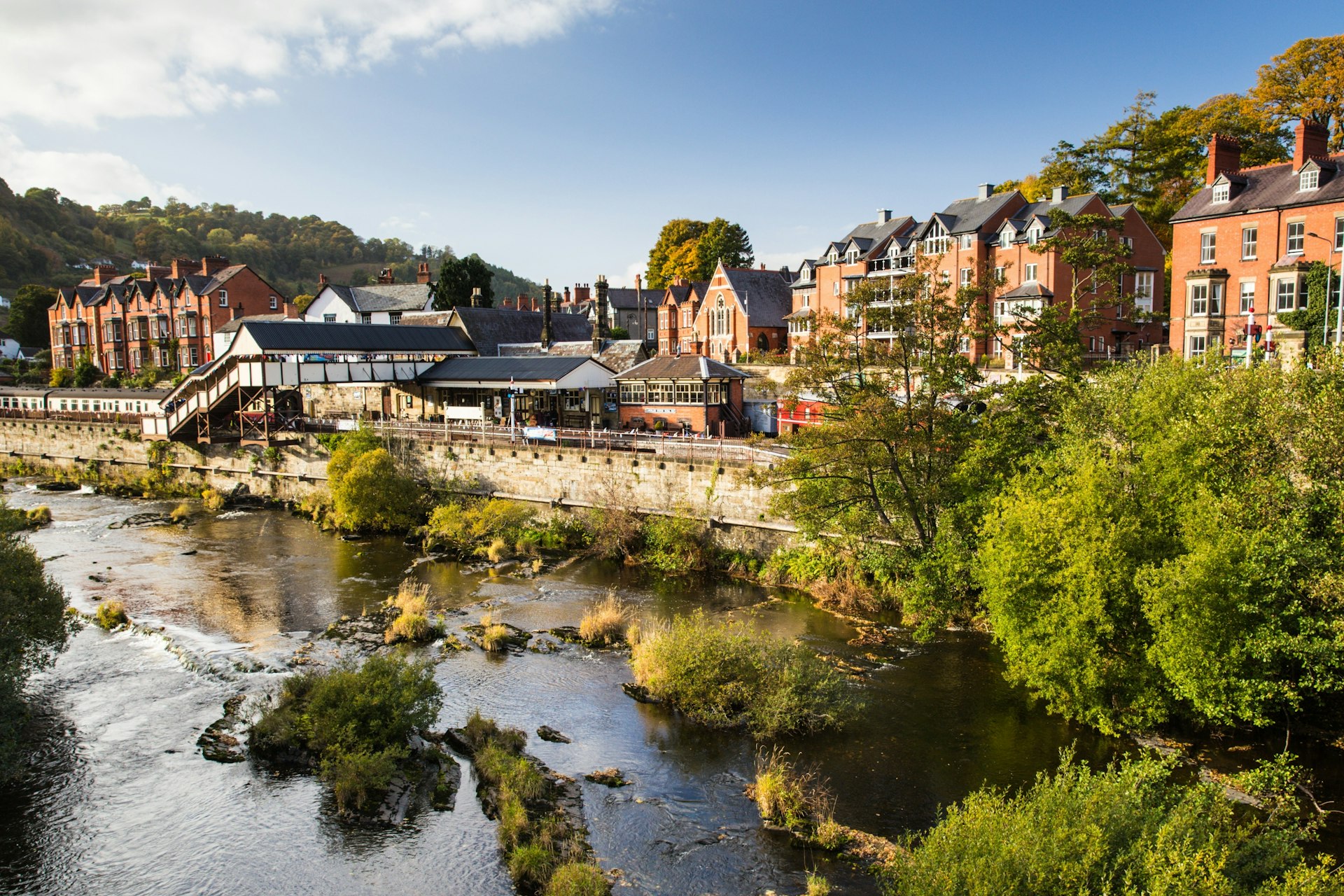
Trains are efficient but expensive
Traveling Wales by train is an increasingly comfortable and efficient option – often enhanced by sweeping views of plunging valleys and glittering shores – but tickets can be pricey, and journeys relatively slow.
Most rail services are run by Transport for Wales . Book direct or use Trainline or Split My Fare to search for alternative routes and fares. For long-distance trips, aim to book a couple of months in advance for the best price. The network is reasonably extensive along the south and north coasts and the South Wales valleys, but trains heading between north and south Wales always cut across the border with England, with key changes occurring in the English towns of Shrewsbury and Chester.
If you're planning to take a few long-distance train trips, look into the UK’s railcard system , which offers various concessions. An annual railcard typically costs £30, which you can often make back in just a few discounted journeys.
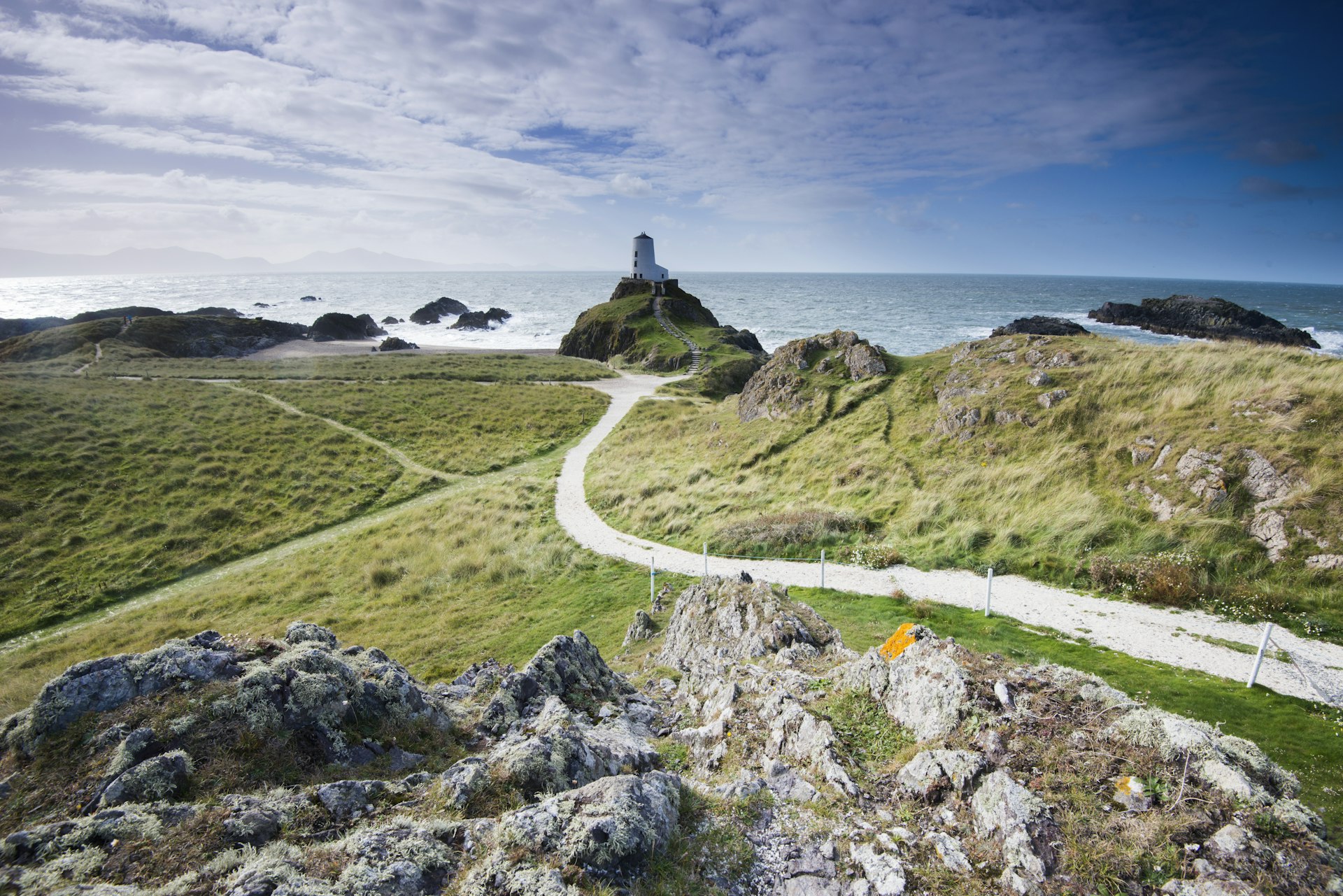
Buses are perfect for travel to more remote towns and villages
If you plan on getting to some of Wales’ more remote corners by public transport, trains can only get you so far. Regional buses regularly traverse the more rural areas, though services can be limited on weekends. A whole host of private companies operate throughout the country; sift through your options using the journey planner from Traveline Cymru . Contactless payments and ticketing apps are becoming more popular, but if you’re paying by cash, it’s always wise to bring exact change.
Many local bus providers offer day or multi-day bus passes, which are often more affordable than buying numerous single or round-trip journeys. Do your research if you want to save a little extra.
Long-distance buses (known as coaches) run between major towns and cities and should be booked in advance. They’re generally the cheapest option but can be incredibly slow, especially if you’re heading between the north and south, which usually involves a change at Birmingham. Check for timetables and tickets with National Express .
Buy an Explore Wales Pass for unlimited rail and bus travel
Offering four days of unlimited rail and bus travel within an eight-day period (on selected operators), the Explore Wales Pass is a budget-friendly way to take in some of the country’s highlights. There are some restrictions; for example, you’ll need to avoid commuter-heavy early morning train services from Monday to Friday on some routes. But with a little planning, you can take in Snowdonia’s soaring peaks, Pembrokeshire ’s pristine beaches, Cardiff ’s epic nightlife, and more, in just over a week.
Sticking to a smaller area? Regional passes with similar benefits are also available.
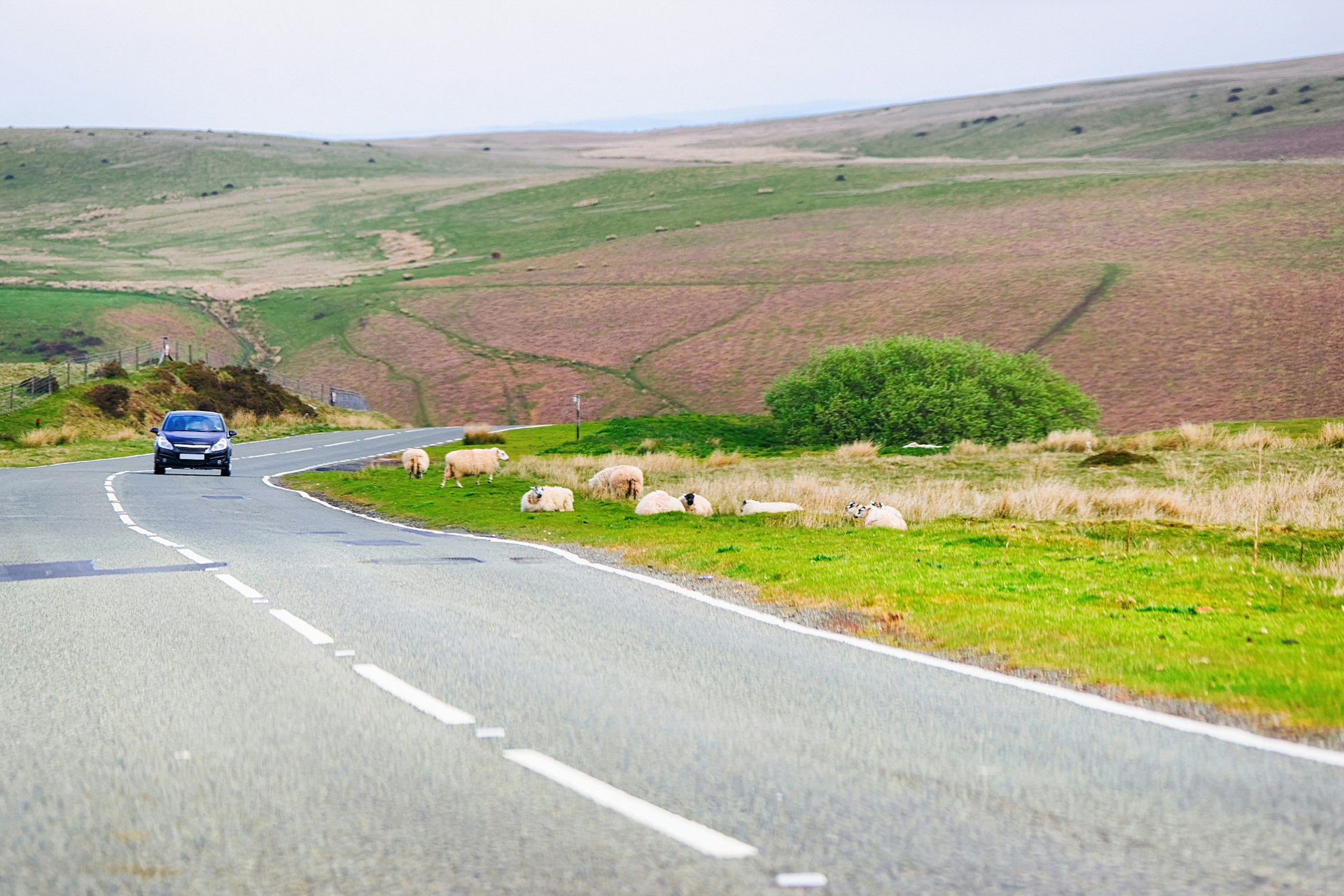
Car and motorcycle journeys offer maximum flexibility
If you want to get far off the beaten track or see as much of Wales as possible in a short space of time, traveling by car or motorcycle is your best option.
While North and South Wales are well developed in terms of road infrastructure, the more rural areas often consist of narrow single-track lanes and windy roads with blind corners galore. Pair this with lashing rain or sheep-induced traffic jams and you can expect to travel very slowly indeed.
If you’re traveling the length of Wales, it may be easier to dip into England to shoot up the highway, but crossing the rugged mountain ranges and valleys of Mid-Wales is far more memorable – just bring anti-nausea medication if you get travel sick.
Want to road trip in the most sustainable way possible? The country’s compact size makes Wales ideal for journeys by electric vehicle. There are hundreds of charging stations across the country (see Zap Map for more details), and many heritage sites and attractions have dedicated EV charging points, so you can sightsee while your car charges up for the next leg of the journey.
Rental cars can be expensive, so use comparison sites and book in advance to find the best deals.
Taxis are readily available in Cardiff
Ride-hailing apps like Ola and Uber – as well as plentiful local “Dragon Taxis” – are available in the Welsh capital, Cardiff. In other big towns, there’s usually a taxi rank outside the train station. Elsewhere, you might need to call to book. Ask locally for taxi company recommendations.

There are many wonderful cycling routes
Wales is home to some of the UK’s most spectacular cycling routes, whether you’re looking for family-friendly jaunts or tough long-distance trails. Short, easy routes include the Bay Trail in Cardiff and the canalside path between Llangollen and Pontcysyllte Aqueduct, while experienced hill climbers and Geraint Thomas wannabes will be spoiled for choice in the Brecon Beacons and Snowdonia National Park .
If you can handle thigh-burning ascents and unforgiving weather conditions, there are plenty of long-distance routes to choose from. Heck, you can even pedal the length of Wales if you want to. Check out the Sustrans' National Cycle Network to get planning.
Most large towns have at least one bike rental shop if you don't have a bike of your own. Bike-sharing schemes are available in Swansea and Cardiff, and bike lanes are constantly expanding, but the cities still aren’t super bike-friendly. Always wear a helmet and high-visibility clothing.
Take a seasonal boat ride to offshore islands
Seasonal tourist boats shuttle passengers to offshore islands, such as Caldey Island or Bardsey Island , but there are no ferry services between Welsh ports.
Go by plane between Cardiff and Anglesey
The only domestic flights in Wales run between Cardiff and Anglesey and take around 50 minutes.
Accessible transportation in Wales
Public transport vehicles in Wales are reasonably set up for passengers with accessibility needs, with designated seating, wheelchair space, and access ramps. If traveling by train, it’s best to call Transport for Wales in advance if you require assistance in the station, though staff (and friendly locals) will always help where they can. You could be eligible for discounted travel depending on your disability, so check with your chosen transport provider to find out more.
You might also like: Top 13 things to add to your Wales trip itinerary The best time to visit Wales for food, hiking or bog snorkeling Whether it's cloudy or sunny, you can still enjoy these best beaches in Wales
This article was first published September 2021 and updated November 2021
Explore related stories
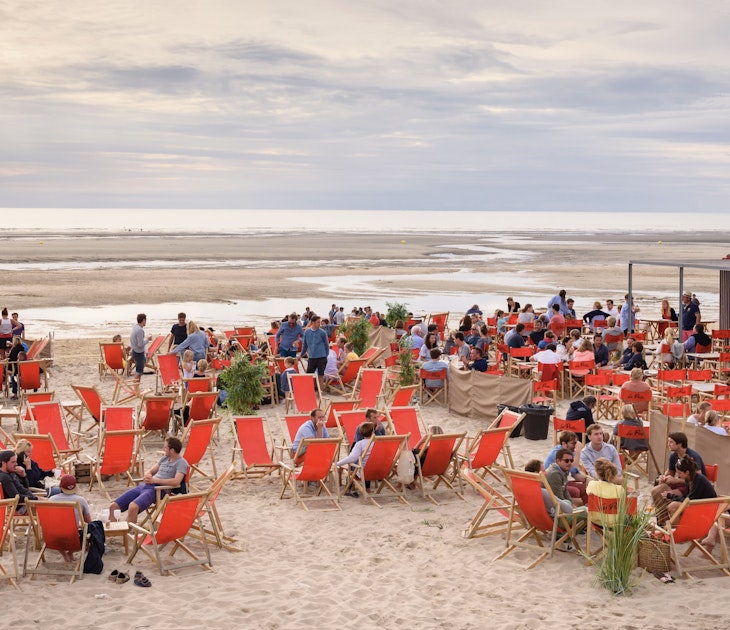
Apr 19, 2024 • 8 min read
In France’s far northwest, the Côte d’Opale offers glitz and glamor, spectacular natural beauty and gloriously golden sand beaches in spades.
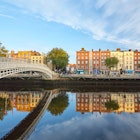
Apr 2, 2024 • 9 min read

Mar 22, 2024 • 9 min read

Mar 12, 2024 • 11 min read
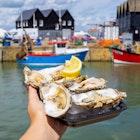
Mar 2, 2024 • 7 min read

Jan 31, 2024 • 6 min read

Jan 19, 2024 • 11 min read

Jan 16, 2024 • 8 min read

Jan 5, 2024 • 20 min read

Jan 2, 2024 • 8 min read
- Travel Tips Wales for planning and on the go
Book your individual trip , stress-free with local travel experts
- roughguides.com
- travel-advice
- Travel guide
- Itineraries
- Local Experts
- Travel Advice
- Accommodation
Plan your tailor-made trip with a local expert
Book securely with money-back guarantee
Travel stress-free with local assistance and 24/7 support
More travel information for Wales
From travel safety to visa requirements, discover the best tips for traveling to Wales
- How to get to Wales
- Sports and Outdoor activities in Wales
- Eating and drinking in Wales
- Best time to visit Wales
Wales is certainly not a cheap destination, but prices are generally lower than in many parts of England, particularly London. With the current weakness of the pound, many foreign visitors should find prices quite reasonable.
Tourist attractions
Electricity, emergencies and police, entry requirements, gay and lesbian wales, measurements, opening hours and public holidays, studying in wales, tourist information, travellers with disabilities, tailor-made travel itineraries for wales, created by local experts.

20 days / from 2970 USD
The Great British Road Trip
Get ready to explore Britain on this unique self-drive road trip. Choose the car of your liking before you hit the road: from the Cotswolds and its picturesque villages over the Beatle's favorite hang-out in Liverpool to Scotland's capital Edinburgh: this trip includes many highlights to be explored
The minimum expenditure , if you’re camping and preparing most of your own food, would be £20–25 per day, rising to £35–40 per day if you’re using the hostelling network, some public transport and grabbing the odd takeaway or meal out. Couples staying at budget B&Bs, eating at unpretentious restaurants and visiting a fair number of tourist attractions are looking at £60 each per day – if you’re renting a car, staying in comfortable B&Bs or hotels and eating well, you should reckon on at least £80 a day. Single travellers should budget on spending around sixty percent of what a couple would spend, mainly because single rooms cost more than half the price of a double. For more detail on the cost of accommodation, transport and eating, see the relevant sections.
Most goods in Britain, with the chief exceptions of books and groceries, are subject to a 20 percent Value Added Tax ( VAT ), which is almost always included in the quoted price. Visitors from non-EU countries can get a VAT refund when leaving the country on goods bought through the Retail Export Scheme : participating shops have a sign in their window. See w customs.hmrc.gov.uk for details.
Student and youth cards
The various official and quasi-official youth/student ID cards are of relatively minor use in Wales, saving only a few pence for entry to some sites. If you already have one, then bring it, but if you don’t, it’s barely worth making a special effort to get one.
Full-time students are eligible for the International Student Identity Card (ISIC, w isiccard.com), while anyone under 26 can apply for an International Youth Travel Card, which carries the same benefits. Both cost £9.
Several other travel organizations and accommodation groups also sell their own cards, good for various discounts. A university photo ID might open some doors, but is not as easily recognizable as the ISIC cards.
Tipping and service charges
In restaurants a service charge is sometimes included in the bill; if it isn’t, leave a tip of 10–15 percent unless the service is unforgivably bad. Taxi drivers expect a tip in the region of ten percent. You do not generally tip bar staff – if you want to show your appreciation, offer to buy them a drink.
Many of Wales’ most treasured sites – from castles, abbeys and great houses to tracts of protected landscape – come under the control of the privately run UK-wide National Trust or the state-run CADW, whose properties are denoted in the Guide by “NT” and “CADW”.
Both organizations charge an entry fee for most places, and these can be quite high, especially for the more grandiose NT estates. We’ve quoted the standard adult entry price, but UK taxpayers are encouraged to pay the gift aid price, which adds around ten percent to the normal adult price, but through tax offsets gives the NT considerable benefit.
If you think you’ll be visiting more than half a dozen NT places or a similar number of major CADW sites, it’s worth buying an annual pass. Membership of the National Trust ( t 0844 800 1895, w nationaltrust.org.uk ; £50.50, under-26s £23.50, family £88.50) allows free entry and parking at its properties throughout Britain. Sites operated by CADW ( t 01443 336000, w cadw.wales.gov.uk ; £35, seniors £22, ages 16–20 £20, under-16s £16) are restricted to Wales, but membership also grants you half-price entry to sites owned by English Heritage and Historic Scotland.
CADW offers the Explorer Pass, which allows free entry into all CADW sites on three days in seven (adult £13.20, family £28), or seven days In fourteen (£19.85/£38.75). Entry to CADW sites is free for Welsh residents over 60: check their website to obtain a pass.
Many other old buildings, albeit rarely the most momentous, are owned by the local authorities, and admission is often cheaper. Municipal art galleries and museums are usually free, as are sites run by the National Museums and Galleries of Wales ( w museumwales.ac.uk ), including the National Museum and St Fagans National History Museum, both in Cardiff. Although a donation is usually requested, cathedrals tend to be free, except for perhaps the tower, crypt or other such highlight, for which a small charge is made. Increasingly, churches are kept locked except during services; when they are open, entry is free. (You’ll normally be able to find a notice in the porch or on a board telling you where to get a key if the church is locked.) Wales also has a number of superb showcases of its industrial heritage , mostly concerned with mining and mineral extraction.
Keen birders might consider joining the RSPB , where membership ( w rspb.org.uk ; £36 a year) gives you free entry to its reserves throughout Britain.
Entry charges given in the Guide are the full adult rates, but the majority of the fee-charging attractions located in Wales have 10–25 percent reductions for senior citizens and full-time students, and 20–50 percent reductions for under-16s – under-5s are admitted free almost everywhere. Proof of eligibility is required in most cases. Family tickets are also common, usually priced just under the rate for two adults and a child and valid for up to three kids.
Finally, foreign visitors planning on seeing more than a dozen stately homes, monuments, castles or gardens might find it worthwhile to buy a Great British Heritage Pass (£39 for 3 days, £69 for 7 days, £89 for 15 days, £119 for 30 days; w britishheritagepass.com ), which gives free admission to over four hundred sites throughout the UK, over forty of them in Wales.
The climate is fairly consistent across Wales, though it is considerably wetter, and a little cooler along the mountainous spine, particularly in Snowdonia.
In Britain, the current is 240V AC at 50Hz. North American appliances will need a transformer, though most laptops, phone and MP3 player chargers are designed to automatically detect and adapt to the electricity supply and don’t need any modification. Almost all foreign appliances will require an adapter for the chunky British three-pin electrical sockets.
For details of how to plug your laptop in when abroad, phone country codes around the world, and information about electrical systems in different countries look at w kropla.com .
As in any other country, Wales’ major towns have their dangerous spots, but these tend to be inner-city housing estates where you’re unlikely to find yourself. The chief risk on the streets – though still minimal – is pickpocketing, so carry only as much money as you need, and keep all bags and pockets fastened. Should you have anything stolen or be involved in an incident that requires reporting, go to the local police station. The
t 999 (traditional British) or t 112 (pan-European) numbers for police, fire and ambulance services should only be used in emergencies. There is also a non-emergency number for the police t 101 (10p per call).
Citizens of all European countries – other than Albania, Bosnia Herzegovina and most republics of the former Soviet Union – can enter Britain with just a passport, generally for up to three months. US, Canadian, Australian and New Zealand citizens can travel in Britain for up to six months with just a passport. All other nationalities require a visa, available from the British consular office in the country of application.
For stays longer than six months, check details on the UK Border Agency website ( w ind.homeoffice.gov.uk ), where you can download the appropriate form. Do this before the expiry date given on the endorsement in your passport.
Embassy contact details are listed on the website of the Foreign and Commonwealth Office ( w fco.gov.uk): look for links to “Find Embassies” and “Find a Foreign Embassy in the UK”.
Tobacco : 200 cigarettes; or 100 cigarillos; or 50 cigars; or 250g of loose tobacco.
Alcohol : Four litres of still wine, plus one litre of drink over 22 percent alcohol, or two litres of alcoholic drink not over 22 percent, or another two litres of still wine.
You’re also allowed other goods (including perfume) to the value of £390.
For details, contact HM Revenue & Customs ( w www.hmrc.gov.uk ).
Biosecurity is also an issue. It is illegal to import meat, milk and other animal products from outside the EU: see
w defra.gov.uk for more details. The website also has details of the fairly strict PETS scheme which allows pet cats and dogs to enter Britain without quarantine.
Homosexual acts between consenting males were legalized in Britain in 1967, but it wasn’t until 2000 that the age of consent for gay men was made equal to that of straight men at sixteen. Lesbianism has never specifically been outlawed, apocryphally owing to the fact that Queen Victoria refused to believe it existed. In December 2005, civil partnerships between same-sex couples were legalized – marriage in all but name.
With such a rural culture, it’s perhaps not surprising that Wales is less used to the lesbian and gay lifestyle than its more cosmopolitan English neighbour. That said, there’s little real hostility, with the traditional Welsh “live and let live” attitude applying as much in this area as any other. Several Welsh musicians, academics, TV stars and politicians have come out in recent years, and no one’s really batted an eyelid.
The organized gay scene in Wales is fairly muted. The main cities – Cardiff, Newport and Swansea – have a number of pubs and clubs, with Cardiff especially beginning to see a worthy and confident gay scene – a Mardi Gras festival in early September included – more in keeping with the capital’s size and status. Details are given in the text of the Guide. Out of the southern cities, however, gay life becomes distinctly discreet, although university towns such as Lampeter, Bangor and Wrexham manage support groups and the odd weekly night in a local bar, while Aberystwyth is a significantly homo-friendly milieu. The w gaywales.co.uk website is the best resource for gay and lesbian events, venues and accommodation, and has links to other relevant sites. Alternatively, there are some informal but well-established networks, especially among the sometimes reclusive alternative lifestylers found in mid- and west Wales. Border Women (who should surely have called themselves Offa’s Dykes; w borderwomen.org) is a well-organized lesbian network for mid-Wales and the Marches.
No vaccinations are required for entry into Britain. Citizens of all EU countries are entitled to free medical treatment at National Health Service hospitals; citizens of other countries are charged for all medical services except those administered by accident and emergency units at National Health Service hospitals. Thus a US citizen who has been hit by a car would not be charged if the injuries simply required stitching and setting in the emergency unit, but would be if admission to a hospital ward were necessary. Health insurance is therefore strongly advised for all non-EU nationals.
Pharmacies (known generally as chemists in Britain) can dispense only a limited range of drugs without a doctor’s prescription. Most pharmacies are open during standard shop hours, though in large towns some may stay open as late as 10pm. Doctors’ surgeries tend to be open from about 9am until early evening; outside surgery hours, you can turn up at the casualty department of the local hospital for problems that require immediate attention – unless it’s a real emergency , in which case ring for an ambulance on
t 999 or t 112.
Wherever you’re travelling from, it’s a good idea to have some kind of travel insurance to cover you for loss of possessions and money, as well as the cost of any medical and dental treatment. Before paying for a new policy, however, it’s worth checking whether you are already covered: some all-risks home insurance policies may cover your possessions when overseas, and many private medical schemes include cover when abroad. Students will often find that their student health coverage extends during the vacations and for one term beyond the date of last enrolment.
After exhausting the possibilities above, you might want to contact a specialist travel insurance company, or consider the travel insurance deal we offer. A typical travel insurance policy usually provides cover for the loss of baggage, tickets and – up to a certain limit – cash or cheques, as well as cancellation or curtailment of your journey. Most of them exclude so-called dangerous sports unless an extra premium is paid: in Wales this can mean whitewater rafting, windsurfing and coasteering, though probably not ordinary hiking. If you take medical coverage, ascertain whether benefits will be paid as treatment proceeds or only after return home, and whether there is a 24-hour medical emergency number. When securing baggage cover, make sure that the per-article limit – typically under £500 – will cover your most valuable possession. If you need to make a claim, you should keep receipts for medicines and medical treatment, and in the event you have anything stolen, you must obtain an official statement from the police.
Throughout Wales, almost all public libraries now have free internet access with several computers and wi-fi. Typically you just front up, and sign in for the next available half-hour or hour-long slot. Cybercafés (where you can expect to pay £2–4 an hour) are a dying breed, supplanted by the plethora of free wi-fi hotspots at cafés and bars – the Wetherspoon pub chain, many Brains pubs and even McDonald’s. Free wi-fi is also common (but not universal) at B&Bs and hotels.
Virtually all post offices ( swyddfa’r post ) are open Monday to Friday 9am to 5.30pm, Saturday 9am to 12.30pm. In small communities, you’ll find sub-post offices operating out of a shop, but these work to the same hours even if the shop itself is open for longer. Stamps can be bought at post office counters and from a large number of newsagents and other shops, although often these sell only books of four or ten stamps. A first-class letter to anywhere in Britain (up to 100g) costs 46p and should arrive the next day; second-class letters cost 36p, taking two to four days to arrive. Postcards cost 68p to EU countries, and 76p to everywhere else. For parcel rates visit
w royalmail.com .
Most bookshops will have a good selection of maps of Wales and Britain, though the best can be found in specialist travel bookshops. Virtually every petrol station in Britain stocks large-format road atlases produced by the AA, RAC, Collins, Ordnance Survey (OS) and others, which cover all of Britain at a scale of around three miles to one inch and include larger-scale plans of major towns. The best of these is the Ordnance Survey road atlas, which handily uses the same grid reference system as their accurate and detailed folding maps.
For hiking, go for the widely available maps by Ordnance Survey ( w ordnancesurvey.co.uk), renowned for their accuracy and clarity. The 204 maps in its 1:50,000 (a little over one inch: one mile) Landranger series (£6.99 each) cover the whole of Britain, while the more detailed 1:25,000 Explorer series (£7.99 each) also covers the whole country, has field boundaries to aid navigation, and is at an ideal scale for walkers.
Like the rest of Britain, Wales is in very slow transition from imperial to metric measurements. Groceries are sold in packets quoted in grams and litres but usually in portions equivalent to a pound or a pint. Maps show mountain heights in metres but road distances are in miles and speeds in miles per hour. Petrol is sold by the litre. In pubs, beer is still sold in pints.
The British pound sterling (£; punt in Welsh, and informally referred to as a “quid”) is divided into 100 pence (p; in Welsh, c for ceiniogau ). Coins come in denominations of 1p, 2p, 5p, 10p, 20p, 50p, £1 and £2. Notes come in denominations of £5, £10, £20 and £50. Shopkeepers will carefully scrutinize any £20 and £50 notes tendered, as forgeries are not uncommon.
Cards, cheques and ATMs
Most hotels, shops and restaurants in Wales accept the major credit , charge and debit cards , particularly Access/MasterCard and Visa/Barclaycard. American Express and Diners’ Club are less widely accepted. Cards are even accepted at lots of B&Bs, though you should always be prepared to pay cash. Many businesses that do accept cards require a £10 minimum purchase. With a suitable PIN (ask at your bank before leaving home) your card will also enable you to get cash advances from most ATMs, though there may be a standard fee which makes it more cost-effective to withdraw larger sums. In addition, you may be able to make withdrawals from your home bank account using your ATM cash card – check before leaving home.
The safest way to carry your money is in travellers’ cheques , available for a small commission (normally one percent) from any major bank. These can be exchanged at banks and bureaux de change and replaced if lost of stolen. Recognized brands – American Express, Thomas Cook, MasterCard and Visa – are accepted in all major currencies, but travellers’ cheques (even in sterling) aren’t accepted as cash.
Almost every Welsh town has a branch of at least one of the major banks: NatWest, Halifax, HSBC, Barclays and Lloyds TSB. As a general rule, opening hours are Monday to Friday 9 or 9.30am to 4.30 or 5pm, and branches in larger towns are often open on Saturday from 9am to 1pm. In the larger towns you may be able to find a bureau de change (often the post office), which will be open longer hours but may charge high commission.
General shop hours are Monday to Saturday 9am to 5.30/6pm, although there’s an increasing amount of Sunday and late-night shopping in the larger towns, with Thursday or Friday being the favoured evenings. The big supermarkets also tend to stay open until 8 or 9pm from Monday to Saturday, and open on Sunday from 10am to 4pm, as do many of the stores in the shopping complexes springing up on the outskirts of major towns. Note that not all service stations are open 24 hours, although you can usually get fuel around the clock in the larger towns and cities. Also, most fee-charging sites are open on bank holidays, when Sunday hours usually apply.
In addition to the public holidays your travels around Wales may be disrupted by school holidays , when accommodation in popular areas (especially near beaches) is stretched by holidaying families. The main school holidays are two weeks around Christmas and New Year, two weeks around Easter, and six weeks from mid-July to early September. There is also a one-week break in the middle of each term, one usually falling in late May.
Given the near-ubiquity of mobile phones, most people don’t have much need for public payphones ( teleffon ), which are operated by BT ( w bt.co.uk ), and are still found all over the place. Some also allow SMS text messaging (20p) and have internet access (£1 for 15min). Calls to anywhere in the UK (except to mobiles and premium numbers) cost 60p for the first 30 minutes then 10p for every 15 minutes thereafter. Most payphones in out-of-the-way places no longer take coins, forcing you to use credit and debit cards (UK calls 20p/min, plus a £1 connection charge), or account-based phonecards available from post offices and some shops. When buying such cards, read the small print, as there are often all manner of extra charges and penalties.
Call costs vary greatly depending on whether you are calling from a private land line, public pay-phone or the mobile network you are on. We’ve given call cost guidelines below.
To call Wales from outside the UK, dial the international access code ( t 011 from the US and Canada,
t 0011 from Australia and t 00 from New Zealand), followed in all cases by 44, then the area code minus its initial zero, and finally the number.
The quintessential Welsh memento is a lovespoon – an intricately carved wooden spoon that in centuries gone by was offered by suitors when courting. The meanings of the various designs range from a Celtic cross (symbolizing faith/marriage) to vines (growing love) and a double spoon (commitment), with dozens of others available. Prices range from a few pounds for a small version, to several hundred pounds for a large, elaborate spoon by a well-known carver. You’ll find them in craft shops all over the country, including some dedicated solely to these ornaments.
Other unique items include some superb paintings, jewellery, leatherwork and screen-printing from arts and crafts galleries throughout Wales; some are run by the artists themselves, and you can watch them at work. Given that Wales has an estimated three to four times as many sheep as humans, it’s not surprising that there are some wonderful woollen products available.
A good online resource is the Wales Crafts Council ( w walescraftcouncil.co.uk ).
Since 2007 smoking has been banned in restaurants, bars and clubs and on public transport. You’ll now see clusters of die-hard smokers outside pubs and occupying café pavement tables in all weathers. Cigarettes are seldom on display (you’ll have to ask for them) and may soon come in plain packaging.
There are numerous places around Wales where you might attend full-day or multi-day courses (residential or otherwise) to pursue all manner of interests. Some of the most interesting are:
Nant Gwrtheyrn 10 miles north of Pwllheli t 01758 750334, w nantgwrtheyrn.org . If you’re keen on acquiring some Welsh beyond the basics, this is about the best bet there is. Residential courses are run for everyone from complete beginners to near-fluent speakers: either weekend (full board £225), three-day (£280) or five-day (£485).For more information, see Nefyn and Porth Dinllaen.
Plas Menai: The National Watersports Centre near Caernarfon t 01248 670964, w plasmenai.co.uk. All manner of predominantly two- and five-day courses covering sailing, windsurfing, kayaking and jet skiing in a beautiful location on the Menai Strait. For two-day courses expect to pay £185 (£125 non-resident), for five-day budget on £400 (£300).
Plas Tan y Bwlch near Porthmadog t 01766 772 600, w plastanybwlch.com . Snowdonia National Park Study Centre which runs residential courses focusing mainly on the environment and appreciation of the countryside. They extend to landscape photography (3 days, £160), botanical painting (5 days, £430), mushrooms and toadstools (2 days, £160), drovers and drovers’ roads (4 days, £290), heritage railways (6 days, £465) and much more. Many are taught in Welsh or bilingually, and are suitable for Welsh-language beginners.
Plas y Brenin: The National Mountain Centre Capel Curig t 01690 720214, w pyb.co.uk . This internationally recognized outdoor training centre runs a huge range of residential courses and two-hour samplers at all levels up to expert, plus expedition training. Examples of beginner courses include: the two-day Navigation Skills course for hill-walkers (£230), the five-day Advanced Scrambling week (£560), the weekend introduction to rock climbing (£295), a five-day intro to sea kayaking (£475), a multi-activity weekend (£175), and many more. Also offers qualification courses for all levels of instructors.For more information, see Walks from the Ogwen valley.
Greenwich Mean Time (GMT) is in force from late October to late March, when the clocks go forward an hour for British Summer Time (BST). GMT is five hours ahead of New York, ten hours behind Sydney, and twelve hours behind New Zealand.
Wales promotes itself enthusiastically, broadly through Visit Britain and more specifically through Visit Wales , both with extensive websites offering a wealth of free literature, some of it just rose-tinted advertising copy, but much of it extremely useful – especially the maps, city guides and event calendars.
Visit Wales and tourist offices
Visit Wales (aka Croeso Cymru: t 0870 830 0306, w visitwales.com ) operates a central information service that’s excellent for pre-trip planning, with a detailed website and plenty of free brochures which can either be downloaded or sent by mail. There is also representation at Visit Britain, 1 Regent St, London SW1Y 4XT ( t 020 8846 9000, w visitbritain.com ).
Tourist offices (usually called Tourist Information Centres or TICs) exist in many Welsh towns – you’ll find their contact details and opening hours throughout the Guide. The average opening hours are much the same as standard shop hours, though in summer they’ll often be open on a Sunday and for a couple of hours after the shops have closed on weekdays; opening hours are generally shorter in winter, and in more remote areas the office may well be closed altogether. All centres offer information on accommodation (which they can often book), local public transport, attractions and restaurants, as well as town and regional maps.
Areas designated as national parks (the Brecon Beacons, Pembrokeshire Coast and Snowdonia) also have a fair sprinkling of National Park Information Centres , which are generally more expert in giving guidance on local walks and outdoor pursuits.
Visitors with disabilities will find travelling in Wales easier than in much of the world, though many older buildings (and especially cheaper places to stay) are difficult or impossible to adapt and it always pays to call ahead to check the situation. Disabled parking spaces are common, new buildings (including accommodation) are required to make appropriate provision, and a fair number of existing hotels, B&Bs and restaurants are retrofitting accessible bathrooms and ramps. Some YHAs (see Camping, caravanning and self-catering) also have disabled facilities.
Public transport companies are beginning to make more of an effort to accommodate passengers with mobility problems. Some rail services now cater for wheelchair users in relative comfort, and some assistance is available at stations if you call at least 24 hours in advance; call National Rail Enquiries to get the number of the appropriate rail company. You may be eligible for the Disabled Persons Railcard (£20 per year), which gives a third off most tickets for you and a companion. The link for “Passengers with disabilities” at w nationalrail.co.uk has reams of information for journey planning, including maps identifying stations that have access to platforms without steps. There are no bus discounts for disabled passengers who are not Welsh citizens. Rental cars with hand controls are rare and expensive; Hertz offers models at the same rate as conventional vehicles, though in the more expensive categories. Call their dedicated line t 0870 840 0084.
Access to monuments and museums is improving all the time. The National Trust produces a downloadable sheet detailing accessibility to NT properties in Wales; disabled visitors must pay entry fees, but they can bring a friend or carer in to assist them free of charge. CADW allows wheelchair users and the visually handicapped, along with their assisting companion, free entry to all monuments. You can download a booklet with detailed site access details. Access to theatres, cinemas and other public places is slowly improving.
Some public toilets are kept locked, but some local authorities have joined the National Key System (NKS) in which disabled people can gain access to facilities via a standard key (£3.50; contact RADAR). Some tourist offices also hold a key which you can borrow.
There’s no shortage of contact points for information, the best being RADAR and Disability Wales.
The Rough Guides to Wales and related travel guides
In-depth, easy-to-use travel guides filled with expert advice.
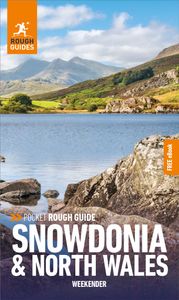
Travel advice for Wales
Find even more inspiration here.

Ready to travel and discover Wales?
Get support from our local experts for stress-free planning & worry-free travels.
- Where to stay
- Travel advice
- Search Please fill out this field.
- Manage Your Subscription
- Give a Gift Subscription
- Sweepstakes
5 Places in Wales Locals Visit for Gorgeous Hikes, Epic Stargazing, Castles, and Rugby
Here's how to see the very best of this proud Celtic nation.
:max_bytes(150000):strip_icc():format(webp)/Jamie-Carter-618d9aa6e45f4ecf9b9dcaabbec68029.jpg)
Rory Fuller/Travel+Leisure
The Welsh love Wales. This proud country of three million people is culturally distinct from the rest of the U.K. and geographically unique. Called Cymru (cum-ree) in the Welsh language, the people of this Celtic nation have a reputation for being passionate about rugby (and football), but most of all about Wales itself.
Surrounded by the Irish Sea to the north and west and bordered by England to the east, Wales is a land of mountains, rolling countryside, and, yes, castles (427 at last count). Living in Wales, I'm always exploring its hidden corners in search of quintessential Welsh experiences and lesser-visited locations. Here's where the Welsh go on their days off.
Llanthony Priory, Brecon Beacons National Park
Rory Fuller
If you're after something genuinely idyllic, you don't have to start too far into Wales. The Welsh Marches that separate Wales and England are some of the most beautiful countrysides in Britain, none more so than Hatterall Ridge in the remote Vale of Ewyas. A wild part of the Black Mountains in the popular Brecon Beacons National Park , Hatterall Ridge is a natural part of the 177-mile-long historic Offa's Dyke Path that connects south and north Wales. It's also its highest point at 2,310 feet, and from Hatterall Ridge, it's possible to see over into Longtown below, in England. However, it's what's behind you that's most captivating. Though mostly in ruins, the 12th-century Llanthony Priory in the Vale of Ewyas is one of Wales' great medieval buildings. Yet within its boundaries is that most British of institutions — a small pub — with a hotel nearby. It's best visited after completing a five-mile circular walk up Hatterall Ridge. Twelve miles north is the famous "book town" of Hay-on-Wye, while 12 miles south is the Michelin-starred Walnut Tree Inn beside another classic short walk, The Skirrid .
Stargazing in the Elan Valley
More of the night sky is protected in Wales than any other nation. The darkest and most visually epic by day is the 45,000-acre Elan Valley, a vast chain of man-made dams, reservoirs, and an aqueduct that's also a certified International Dark Sky Park . It's about 100 years old and looks like it, with an iconic Victorian pump house on Garreg Ddu and a vast wall of water at Caban Coch dam at the entrance. It's best seen by bike, which you can rent, or by car, with the Elan Valley Hotel right by the entrance.
Nearby at Rhayader is Gigrin Farm and its Red Kite Feeding Station, which operates daily at 2 p.m. (from five hides). Tickets to photograph the incredible sight of hundreds of birds of prey swooping down must be booked in advance.
The Standing Stones of Pembrokeshire, West Wales
Stonehenge is for tourists. If you want to go deeper into Britain's mysterious neolithic history — and discover the origins of that iconic English monument — visit Pembrokeshire Coast National Park in West Wales. In addition to 186 miles of incredible clifftop coastal walks, this region contains dozens of bizarre monuments from 5,000 years ago, many of them in spectacular coastline locations.
One of the most dramatic is Carreg Coetan Arthur , a tomb in a boulder field on St. David's Head with spectacular seascape views. Another is Carreg Samson , a short walk from the tiny harbor at Abercastle. However, the most impressive and most famous is Pentre Ifan , a large capstone near Newport. Not far away is Waun Mawn in the Preseli Hills, where the oldest "bluestones" of Stonehenge originally stood.
Beddgelert, Snowdonia National Park
Idyllic mountain scenery is what you get in Beddgelert, a small and perfectly formed stone-built village in the shadow of Snowdon ( Yr Wyddfa in Welsh), the highest mountain in Wales and England at 3,560 feet. From Beddgelert, the region's highlights are within reach, from the stunning glacial lake of Cwm Idwal to Llanberis, where you can hike up the mountain (or cheat and take the Snowdon Mountain Railway ), take a circular walk around Llyn Padarn lake, or visit the lofty Dolbadarn Castle for spectacular views. Then, return to Beddgelert for a pint in its pubs, Prince Llewelyn and Saracens Head Hotel, before camping, glamping, or opting for secluded luxury at Forest Holidays and its woodland chalets complete with hot tubs.
A Rugby Match at Cardiff's Principality Stadium
It's not quite the biggest sports stadium in the U.K., but Cardiff's Principality Stadium is certainly the best. What helps make it a standout for atmosphere is its retractable roof, which is useful on rainy match days and turns the place into a cauldron of excitement. Hearing 74,500 rugby fans belt out Welsh hymns like "Bread of Heaven" and, in particular, the national anthem, "Hen Wlad Fy Nhadau," is an experience like no other. Try the Welsh Rugby Union (WRU) for tickets or take a stadium tour while you're in Cardiff. The Principality is also one of the few stadiums in Europe to be right in the center of a city. So, on match day, Cardiff — the capital city of Wales — buzzes with people, and the pubs become packed. As a bonus, it's across the road from one of Britain's weirdest fairy-tale castles that gives the capital of the "Land of Castles" a special feel.

Best places to visit Wales UK: The Ultimate Wales Travel Guide
My dream to explore Wales was due to several factors. Wales was my mum’s favourite country which she first saw in the 1940s during WWII when she was sent out of London in Operation Pied Piper to Wales to be protected from the bombs dropping on the city.
Taking the opportunity to visit Wales and take a Wales road trip, learning about the Welsh people and their Celtic history I became fascinated with Welsh history and in particular medieval Wales. Travelling the rugged coastline of Wales and taking in the breathtaking views is a dream come true for a slow traveller.
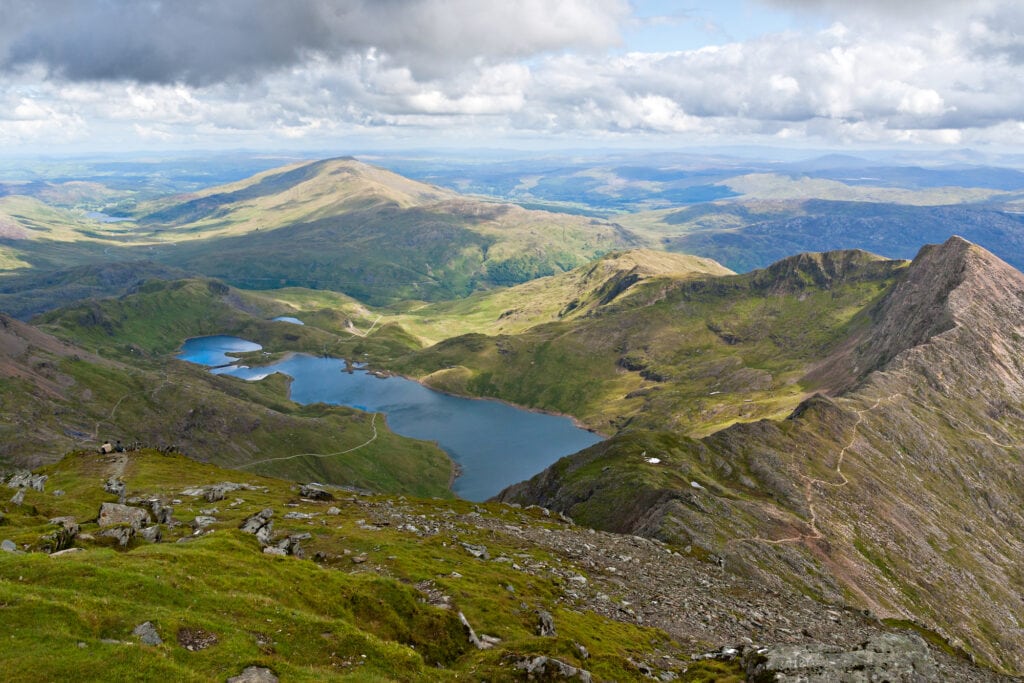
A friend introduced me to the Sharon Penman books , The Welsh Princes Trilogy—Here Be Dragons, Falls the Shadow, and The Reckoning —these are historical novels about a turbulent time in British history. These books gave me my travel inspiration and allowed me to see historic Wales through a Welsh state of mind.
Wales is a stark green and black land full of ruined castles, historic buildings, stunning mountains, and steep valleys with white dots of sheep herds. Welsh music and singing resonate across the valleys and of course, the symbol of Wales the red dragon flies over historic towns of Wales, castles, cities and villages full of history.
There are four UNESCO World Heritage sites in Wales, the Slate Landscape of Northwest Wales is made up of six sites around the county of Gwynedd that are all relics of the slate industry, which, in the 19th century, dominated this region of the country.
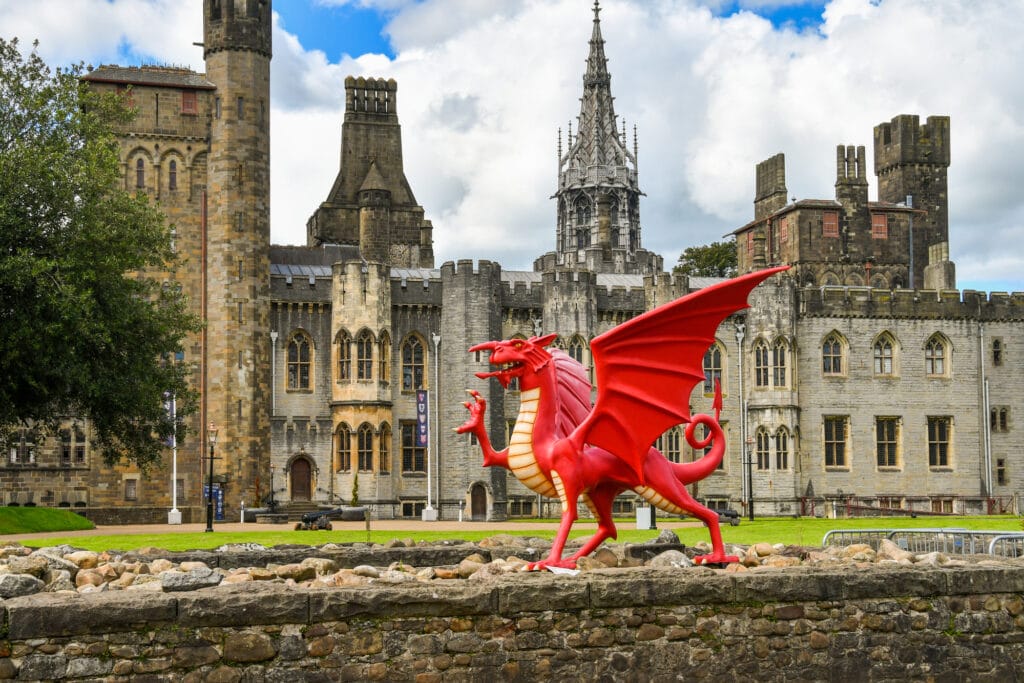
- Wales Travel Guide
Wales, a country with stunning landscapes, rich history, and vibrant culture, offers an unforgettable travel experience. Located in the southwest part of the United Kingdom, this small nation is often overlooked by tourists, overshadowed by its bigger and more famous neighbors, England and Scotland. However, those who venture to Wales are rewarded with breathtaking natural beauty, charming towns, and fascinating historical sites.
There are 3 National Parks in Wales: Snowdonia, Brecon Beacons and Pembrokeshire Coastal. They all offer very different activities and are located about a couple of hours from each other. One of the highlights of a visit to Wales is its dramatic coastline. With over 1,200 kilometers of pristine shores, Wales boasts some of the most beautiful beaches in the UK, perfect for sunbathing, swimming, or simply enjoying a relaxing walk by the sea. For outdoor enthusiasts, Snowdonia National Park is a must-visit destination. Nestled in the heart of the country, the park offers majestic mountains, stunning lakes, and exhilarating hiking trails.
Wales is also renowned for its rich medieval heritage. Castles are a common sight in many Welsh towns and cities, each with its own unique stories to tell. Cardiff Castle, Conwy Castle, and Caernarfon Castle are among the most popular ones, showcasing the country’s fascinating history and architectural wonders. Wales has more castles per square mile than anywhere else in the world.
The quartet of castles built by Edward I during his long-lasting invasion of Wales are some of the finest, and best-preserved examples of medieval military architecture in the UK. The four strongholds, namely Conwy Castle in the county of Conwy, Harlech Castle and Caernarfon Castle in Gwynedd, and Beaumaris Castle on the island of Anglesey .
Nicknamed the ‘stream in the sky’, the 307 metre-long Pontcysyllte Aqueduct carries narrowboats on a slender runnel of water some 38 metres (126ft) above the River Dee. With its 19 symmetrical metal arches and lockless design. And the South Wales hub for coal mining and iron production in the Blaenavon industrial landscape. Most of the infrastructure from this period has long disappeared, but the preserved buildings and industrial machinery in the former mining town of Blaenavon, stand as a monument to this important chapter in recent Welsh history.
- How to get to Wales: travel information
Cardiff Airport sits just on the outskirts of the city and boasts convenient bus and rail connections to not only the city center but also various parts of South Wales. A flight of approximately 80 minutes will transport you to key European hubs like Amsterdam and Paris, while domestic travelers can enjoy frequent services to destinations such as Newcastle, Edinburgh, Glasgow, Aberdeen, and Belfast.
While Cardiff Airport stands as the largest airport in Wales, the nation remains easily accessible from nearby English airports. Liverpool John Lennon Airport and Manchester Airport, both strategically located, serve as excellent gateways for North Wales, with Liverpool merely around 40 miles or 60 kilometers away from Wrexham. For example to get to Llandudno or Conwy from Manchester airport is only an hour and a half drive.
There are three primary motorway connections linking Wales and England. The M4 serves as the vital highway connecting London to South Wales, extending all the way to Pont Abraham in Carmarthenshire, West Wales. As you venture into Wales, your journey will take you across one of the two magnificent Severn Bridges.
Air Travel for North Americans – you would have to fly into either London, Liverpool or Manchester Airports and then choose you method of travel from them to Wales.
The South Wales Main Line connects the trains from London to Newport, Cardiff, Swansea and other destinations in South and West Wales. On direct trains, the journey time between London Paddington and Cardiff is a little under two hours. From London Euston Station, trains run across Mid Wales to Aberystwyth and up to the Llŷn Peninsula. There are also several trains that run to North Wales, stopping in the cities of Llandudno, Conwy, Bangor and Holyhead on the island of Anglesey. Check out the website Transport for Wales if you need more assistance.
Ferry services operate between the west coast of Wales and the Republic of Ireland across the Irish Sea (Fishguard or Pembroke to Rosslare, and Holyhead to Dublin). The frequency of the services means it’s easy to combine a stay in Wales with a quick jaunt over to Ireland, and the quickest ferries make the crossing in just two hours.
Wales has six ports that accept cruise ships , offering a range of services and facilities: Newport, Cardiff and Swansea in the Bristol Channel; Fishguard and Milford Haven in West Wales; and Holyhead on the island of Anglesey.
Castell Coch
Tintern abbey, hope and caergwrle, machynlleth, newcastle emlyn, caldey island, cosmeston medieval village, pontcysyllte aqueduct.
Xyuandbeyond is reader-supported. When you buy through links on our site, we may earn an affiliate commission . You can read my privacy policy here.
23 Historic Towns in Wales You Should Visit
During the reign of Edward I of England (1272–1307), a series of castles were constructed in Wales with the purpose of subduing the population and establishing English colonies in Wales.
This UNESCO World Heritage site includes Beaumaris, Caernarfon, Conwy, and Harlech. These castles of Edward I are considered the pinnacle of military architecture by historians.
Beaumaris on the Isle of Anglesey which is French for fair Marsh is part of the UNESCO heritage site that includes Beaumaris Castle . Anglesey lies on the North Welsh coast.
Built by Edward I this castle was to be his crowning glory but it was never finished. The castle featured the best of medieval defensive designs with its round towers, inner and outer circuit walls, massive towered gates and a fortified dock. Beaumaris Castle is considered one of the finest surviving examples of a concentric medieval castle.
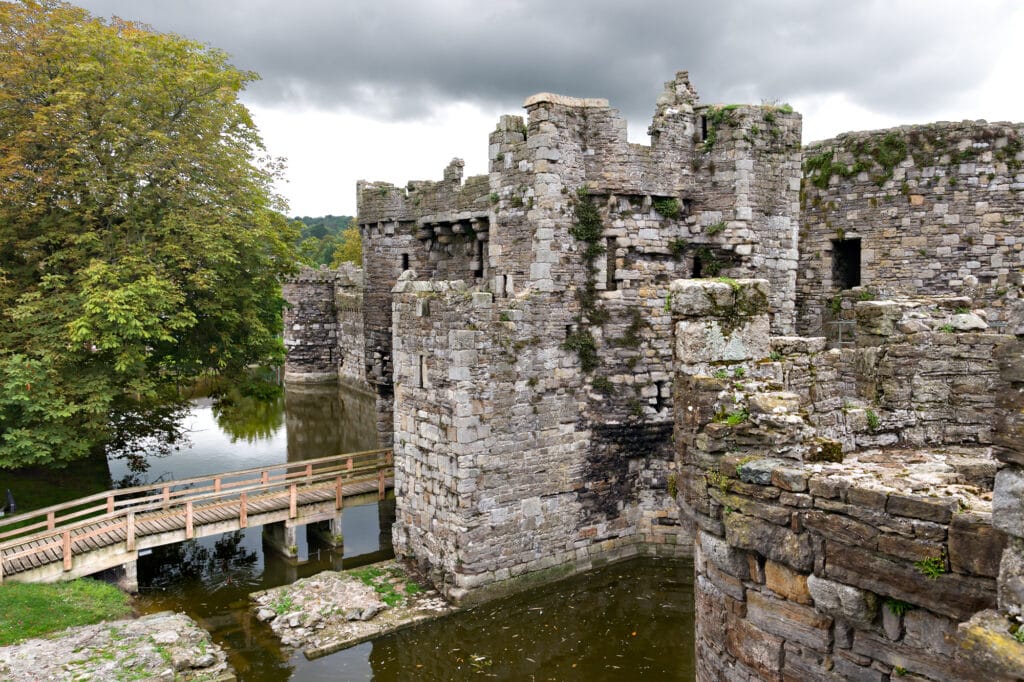
In the 14th century St Mary and St Nicholas Church you will find the stone coffin of Princess Siwan or Joan as she was known in English. She was the illegitimate daughter of King John and the wife of Llywelyn The Great, Prince of Gwynedd. Sadly after the Dissolution of the Monasteries, her tomb was used as a horse trough but has now been restored.
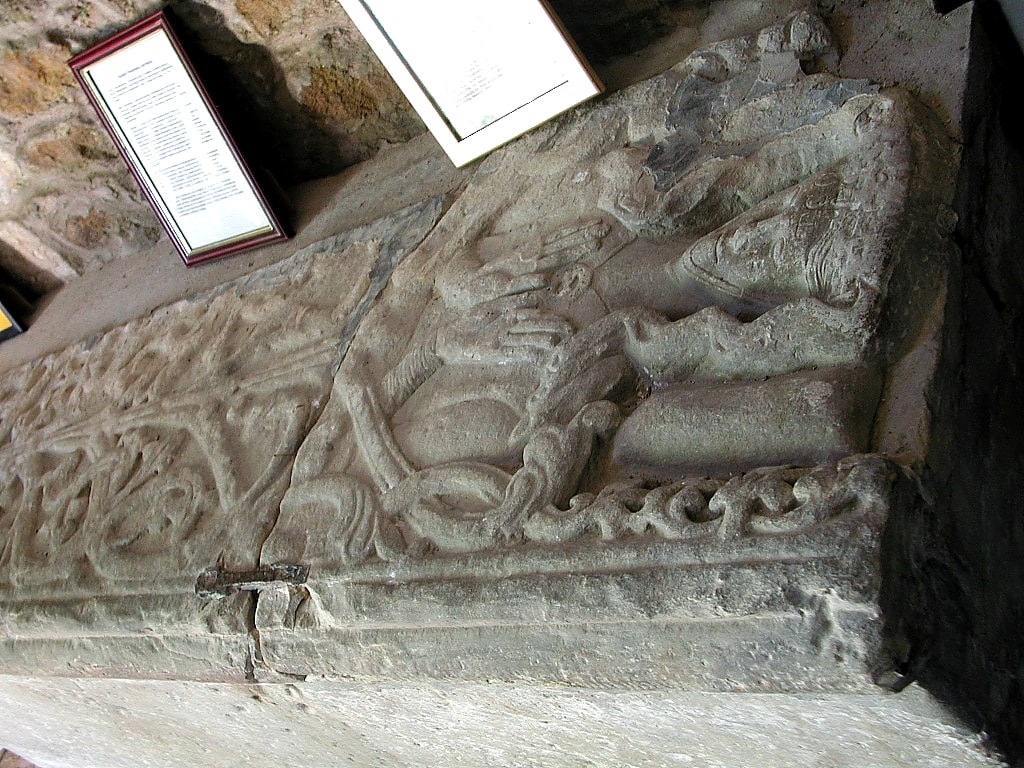
In Beaumaris, you can also visit the Beaumaris Gaol a Victorian prison, walk along the beach and enjoy the beauty of the Strait. Take a moment to visit the gardens of Plas Newydd and the ‘Hidden Gardens at Cadnant’ are simply stunning.
Castell Coch , or the ‘Red Castle’, is set in the ancient beech woods of Fforest Fawr and rises from the forest like a fairytale castle. Built by the Marquess of Bute this incredible castle is a masterpiece of the High Victorian era.
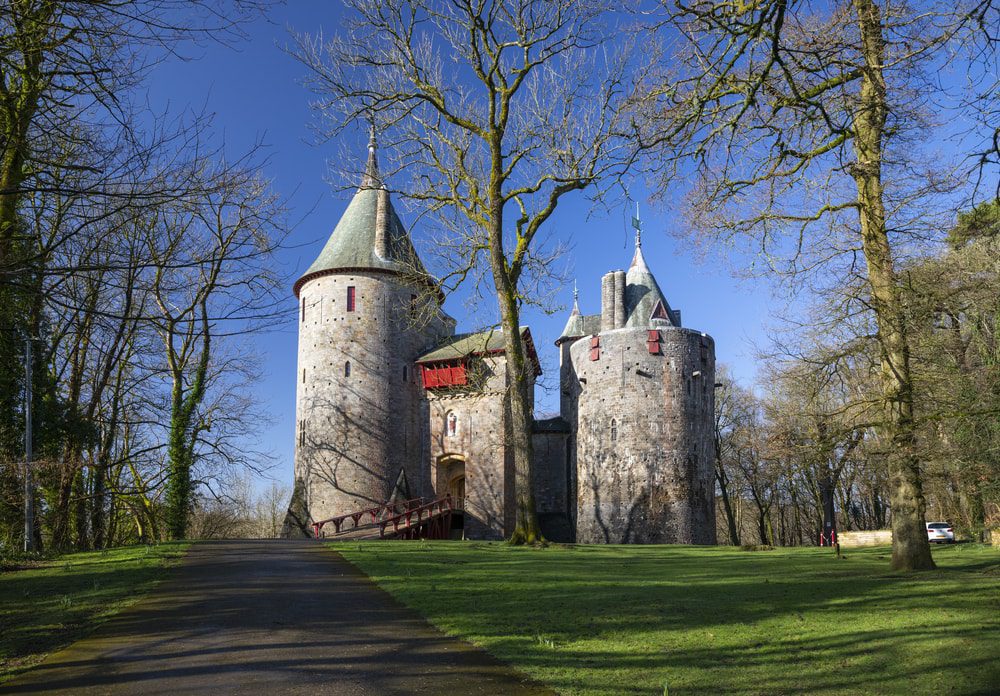
But it’s no exotic folly. Underneath the faux medieval trappings are the remains of a 13th-century castle, once used as a hunting lodge by the ruthless Marcher lord Gilbert de Clare.
The Wye Valley straddles the border of Wales and England and is an area of outstanding natural beauty. Tintern Abbey sits on the Wye River just south of Monmouth and Chepstow Castle. The Cistercian Abbey of Tintern is one of the greatest monastic ruins of Wales. it was founded by Walter de Clare Lord of Chepstow and it was the second Cistercian monastery in Britain and the first in Wales. Until its dissolution in 1536, it was an extremely prosperous Abbey and due to its location during the middle ages, it suffered very little in the Welsh uprisings and the battles to bring the Welsh into the control of the English.
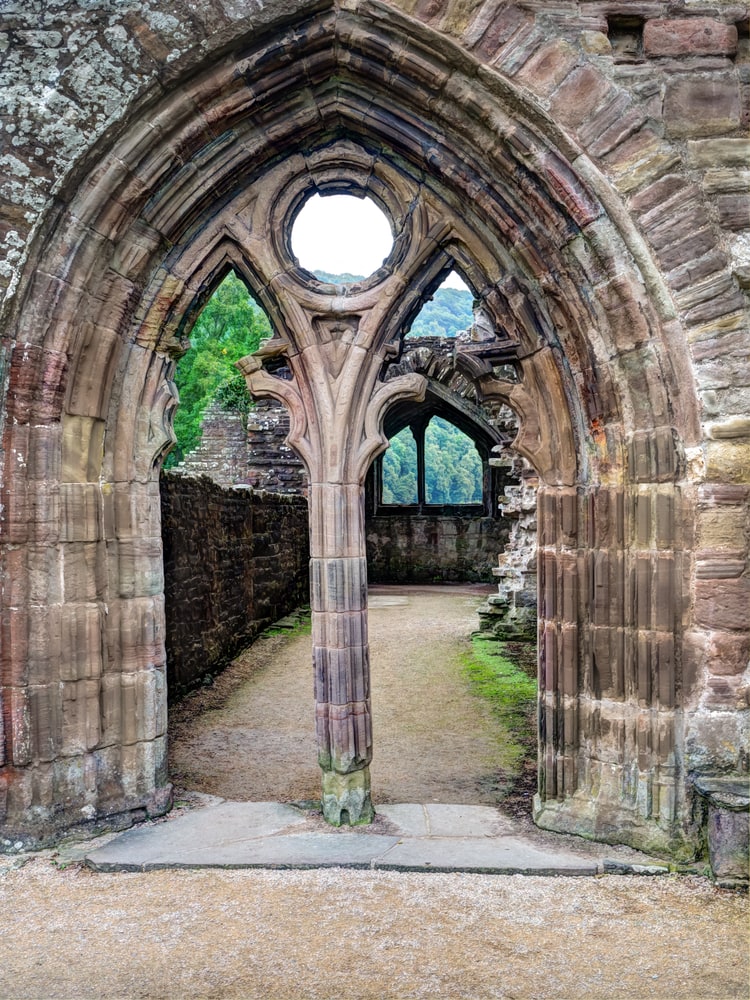
Tintern’s crowning glory was its great church, which rivals the Abbey of Rievaulx in Yorkshire which was built between 1269 and 1301.
Cardigan is the gateway to the superb Pembrokeshire coast National Park. This historic Welsh town on the River Teifi was the capital of the Welsh kingdom of Deheubarth. Its history began with the building of a Norman Castle and the town grew up around it.
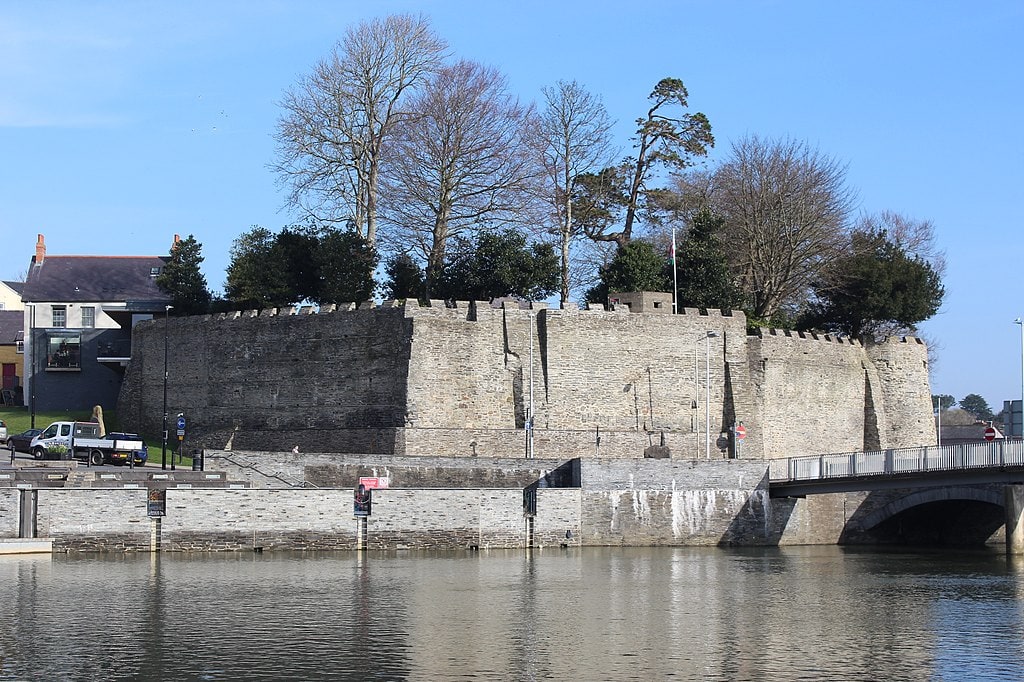
The very first Welsh eisteddfod was held in Cardigan in 1176, and it was held by Rhys ap Gruffydd of Deheubarth who held a festival of music and poetry in his court which became a tradition throughout Wales even into the modern day.
Just across the river from the Castle stands the ruins of St Dogmael’s Abbey . Entry to this beautiful Abbey is free and well-behaved dogs on leads are welcome. The Coach House Museum is also free to visit and houses many relics and artefacts from the Abbey grounds. The museum displays a chronological history of the Abbey’s fascinating and turbulent past.
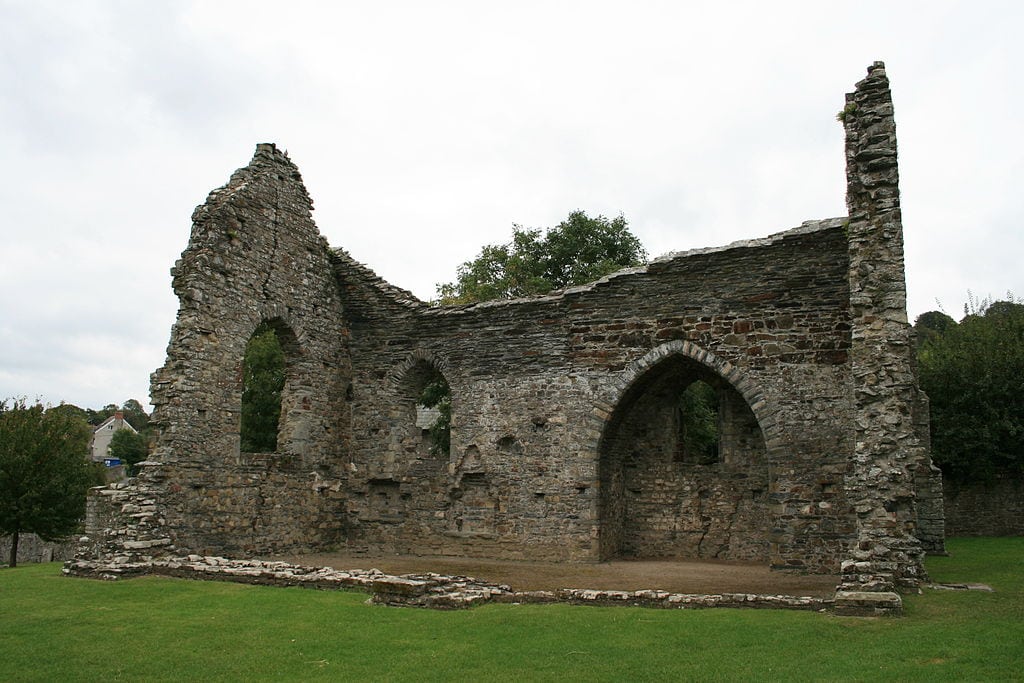
According to the legends Merlin was born just outside Carmarthen on Bryn Myrddin a tree-covered hill where he was trapped by Vivien. The legends say that he was in love with her and taught her all his spells but after learning them she imprisoned him. The legends also said that an ancient oak stood at the corner of Oak Lane Priory Street and when it falls so will the town. Pieces of the oak can be seen in the town museum.
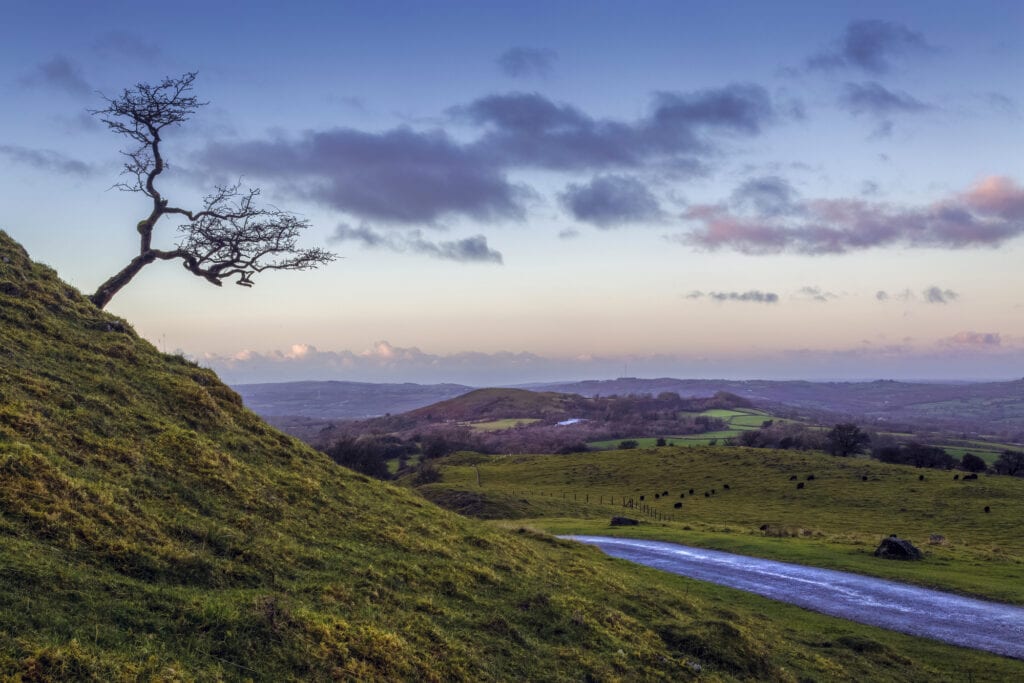
Carmarthen is believed to be the oldest town in Wales and the Castle is one of the most frequently invaded. Around 1094 the Normans built a castle here but it was destroyed in 1215 and rebuilt in 1223.
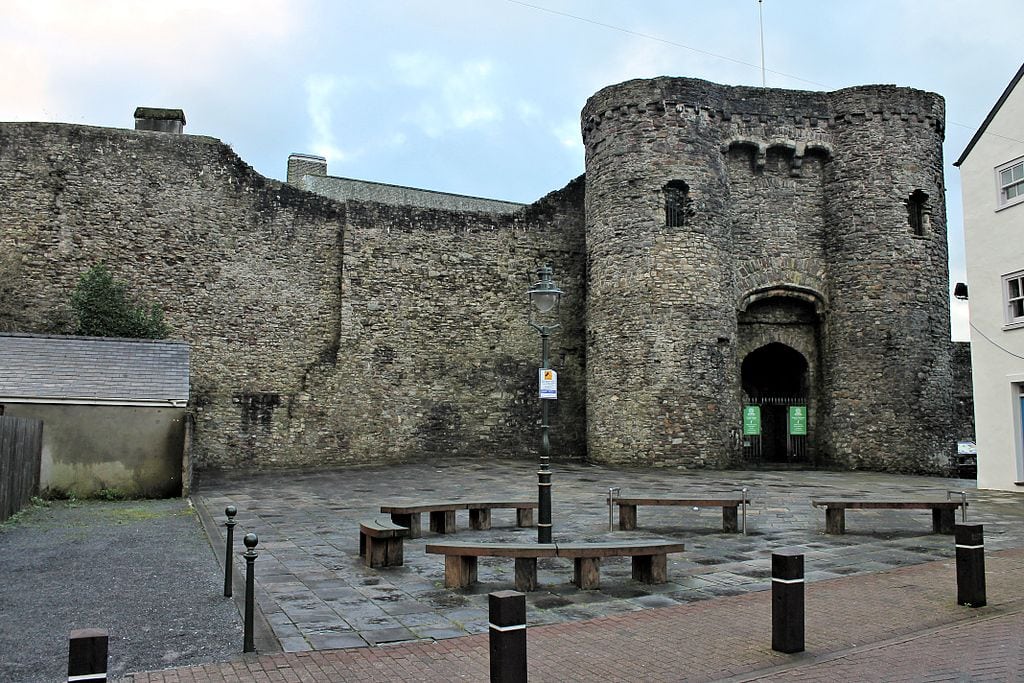
Rhys ap Gruffudd was one of the leading figures of 12th-century Wales. He owned Carmarthen until his surrender to King Henry II in 1158. But the collapse of the building, like many others in Britain, was associated with the outbreak of the English Civil War of the 1640s.
Cardiff is the capital of Wales and the heart of the city was formed during the medieval period many traces from this time survive today, especially close to the castle. The castle dates from the 11th century when the Normans conquered Glamorgan. It was begun by William the Conqueror on his return from St David’s in Pembrokeshire, in 1081.
Cardiff Castle was originally built in wood. In the 12th century, Robert Consol, Duke of Gloucester, rebuilt it in stone. At this time, the Castle’s west and south walls were raised, building upon the ruined walls of the Roman fort .
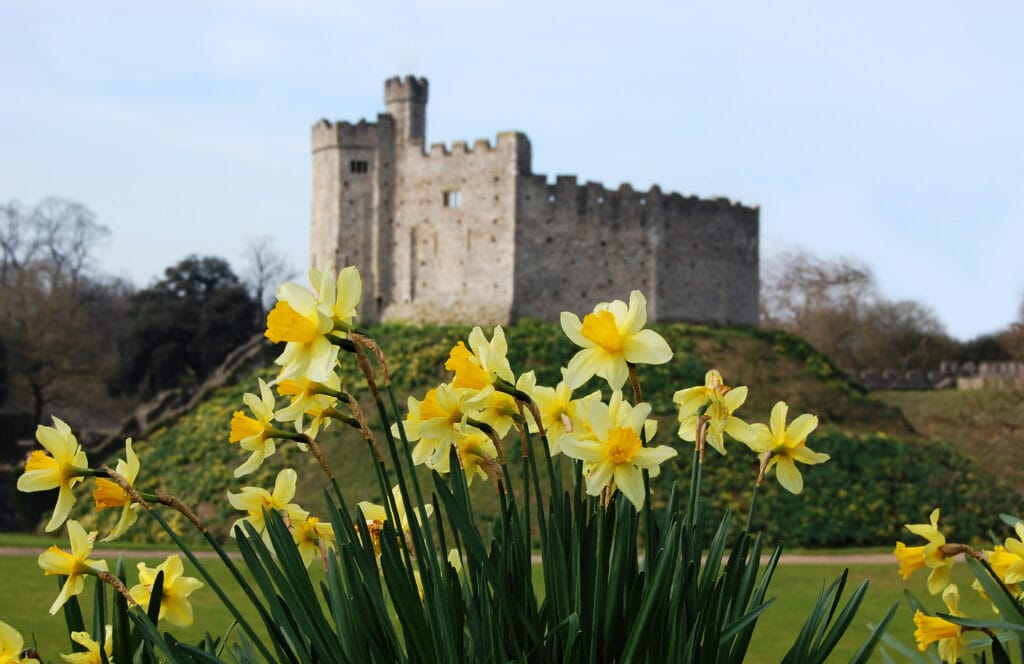
In the 15th century, the town was destroyed by Owain Glyndŵr’s Welsh army. The Castle lay in ruin until Richard Beauchamp, Earl of Warwick, restored the defences and castle buildings.
If you are visiting Carmarthenshire don’t forget to stop by the Dylan Thomas Castle House in Laugharne, Carmarthenshire. This is a Georgian mansion. Described by Dylan Thomas as “the best of houses in the best of places”, it is one of many buildings of note in the medieval township.
Laugharne castle was built in 1116 and was the meeting place of Henry II of England and Rhys ap Gruffudd where they agreed on a treaty of peace. When Henry II of England died in 1189 the castle, was seized by Rhys ap Gruffudd in the same year. The castle may have been burnt down at that time. It was rebuilt by the Normans, and in 1215 was captured by Llywelyn the Great in his campaign across South Wales. By 1247 the castle was destroyed by Llywellyn.
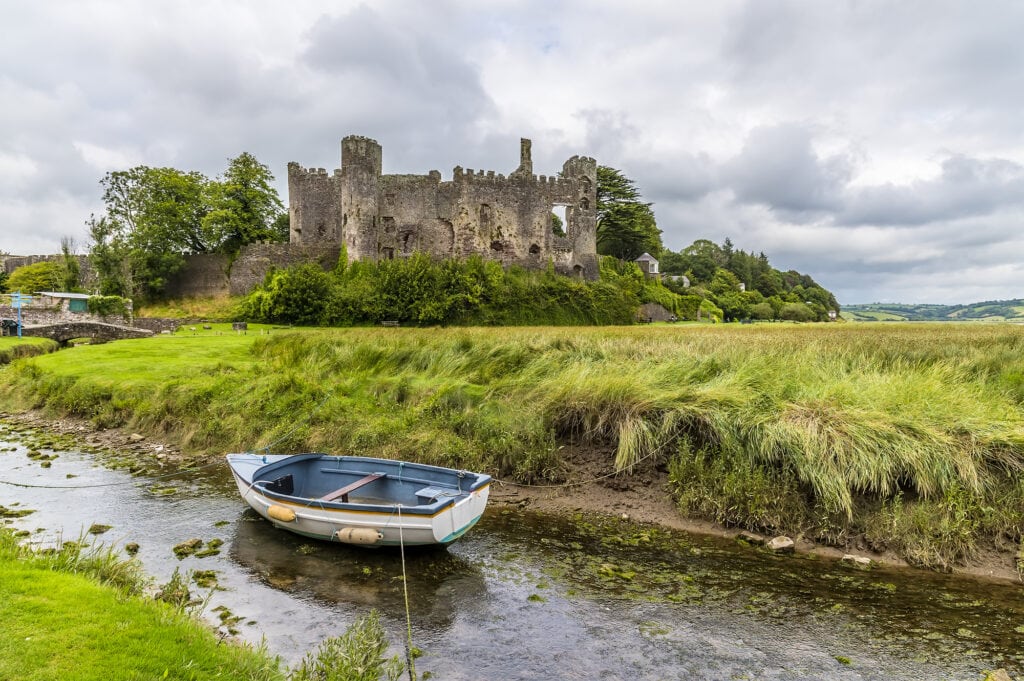
Edward II was born here on April 25, 1284, There is a legend that Edward I had promised the Welsh nobility a prince “ that was bourne in Wales and could speake never a wrod of English “, then named his newborn son the Prince of Wales.
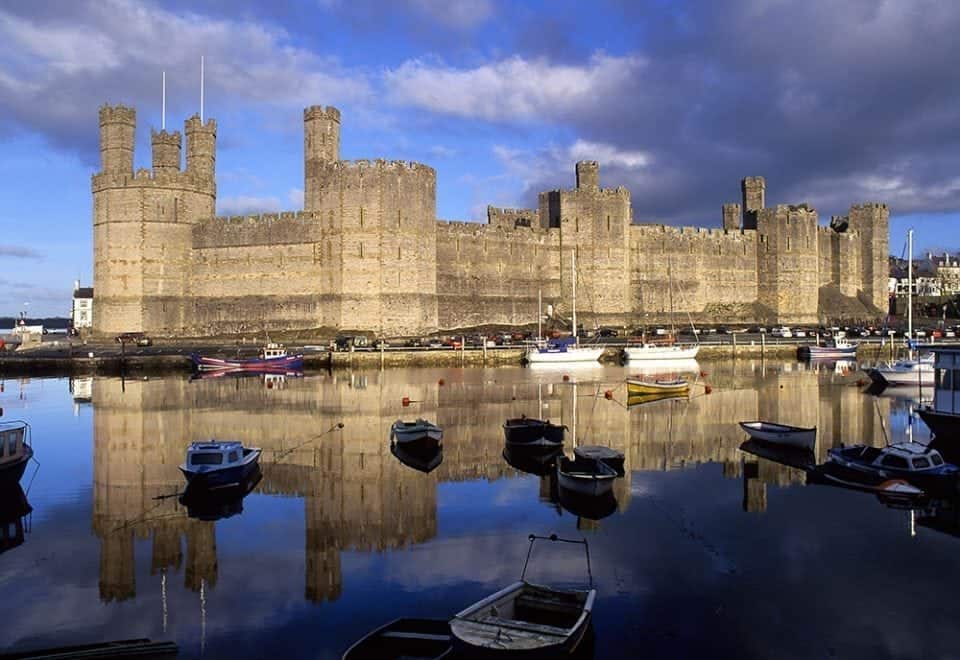
Caernarfon Castle is recognised around the world as one of the greatest buildings of the Middle Ages. This fortress-palace on the banks of the River Seiont is grouped with Edward I’s other castles at Conwy, Beaumaris and Harlech as a World Heritage Site.
Brecon lies on the River Usk where it is joined by the Rivers Honddu and Tarell, in the northern portion of Brecon Beacons National Park. You will find a few parts of the ancient city walls built around 1100. Brecon was created by the Norman Lord Bernard de Neufmarché after he defeated the Welsh ruler Rhys Ap Tewdwer at the Battle of Brecon in 1093.
Brecon castle was built in a naturally defensive place at the crossing of the Usk and Honddu rivers, where it could guard the ferry and benefit from water mills. In the second half of the 12th century, the castle passed into the hands of the de Braose family, as a result of strategic marriages.
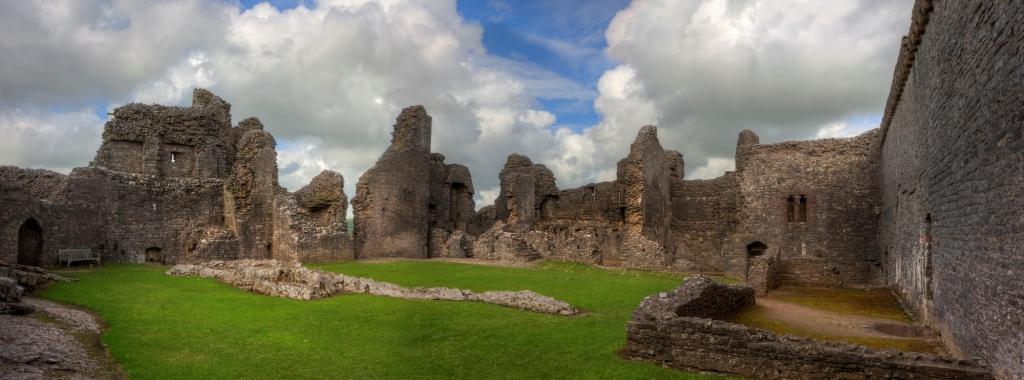
When they rebelled against the English King John, he conquered the castle in 1207. Brecon soon became the target of attacks by the Welsh of Llywelyn ap Iorwerth, who raided the castle and town in 1217, 1231 and 1233. During the latter, the town was burnt, but the castle managed to defend itself.
In the second half of the 13th century, Brecon was repeatedly attacked by the Welsh of Llywelyn ap Gruffydd, who for a short period managed to capture the castle in 1263 two years later, the castle was recaptured by Prince Edward, but in the same 1265, it was again conquered by the Welsh.
In 1322, the castle was taken over by King Edward in 1399 Henry of Lancaster took the English throne as Henry IV, and entrusted Brecon to Sir Thomas Berkeley who prepared Brecon for defence against the rebellious Welsh of Owain Glyndŵr.
In the 15th century, Brecon passed to the Dukes of Stafford of Buckingham. The last of them were executed during the reign of Henry VIII Tudor, and the castle complex began to fall into ruin it was later dismantled by the Parliamentarians during the Civil War. The first repair works began in the 19th century, thanks to which the castle was transformed into a hotel.
The walls of Brecon were also destroyed by the war and only small areas survive near Plough Chapel and Watton Mount.
Chepstow Castle was first built c. 1067 by William FitzOsbern and then significantly improved c. 1190 CE by Sir William Marshal one of England’s greatest knights who served four kings and acted as regent for Henry III of England.
Chepstow Castle then became the home of a succession of rich and powerful medieval and Tudor nobles. Probably because of its formidable appearance, the castle was never attacked and today remains as a great example of military castles and can boast the oldest castle doors in Europe.
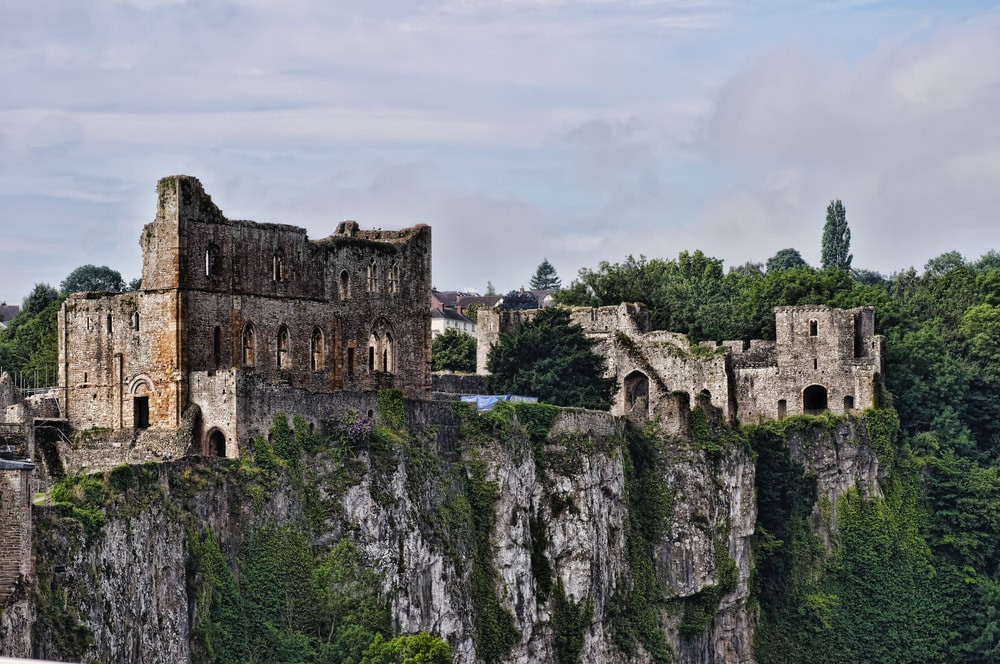
In the Middle Ages Chepstow was a town of great importance in the export and import trade due to its home on the harbour. wine was also imported by the town and the port has been continuously developed since those times.
Keeping up its reputation as an entertainment town Chepstow is Famous as the home of the Welsh National , which takes place each December and it’s also a popular venue for live music and entertainment.
Criccieth castle may have given Criccieth its name: ‘Crug Caeth’ means the jail on the hill. In the centre of the town lies Y Maes, part of the original medieval town common where fairs have been held for more than 700 years.
The castle was built in 1230 by Llywelyn ab Iorwerth (Llywelyn the Great) and in 1282 it became part of a ring of castles surrounded by Edward I’s conquered territories. In 1294, Madog ap Llewelyn led an uprising from native Welsh people angry against English rule. Criccieth was besieged for several months.
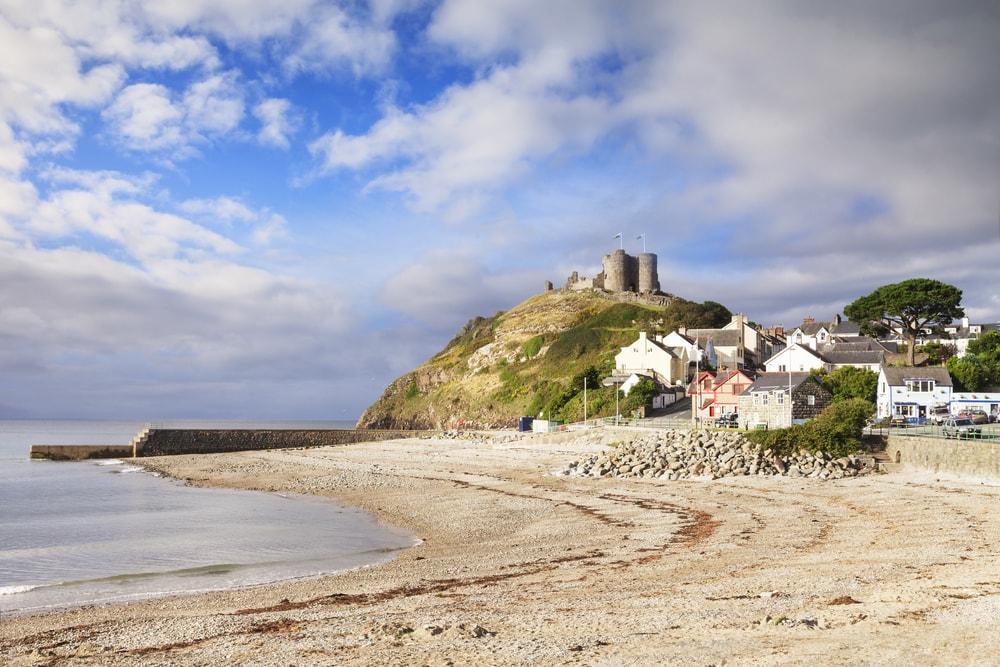
Much later, Edward, I took control of Criccieth Castle, which eventually led to the Welsh residents of the area revolting against this. Just over 100 years later in 1404, the castle was completely sacked and was never reoccupied. An exhibition on the Princes of Gwynedd can be found within the castle.
Since Victorian times the town has developed into a seaside destination where you can enjoy walks on the beach, rock pooling, water sports, fabulous fish and chips and icecream.
There’s even a traditional Welsh clog maker who still has his workshop in the town. The town sits on the Wales coast path , and there are plenty of quiet trails running out of the town for walking and cycling.
Conwy is the most complete medieval walled town in Britain with a magnificent medieval fortress towering over the town for over 700 years. Climb to the top of one of Conwy Castle’s eight towers to get a stunning view over Conwy and the surrounding area. You can explore the inner and outer wards with their many rooms and the castle walls with their 21 towers that completely enclose Conwy town.
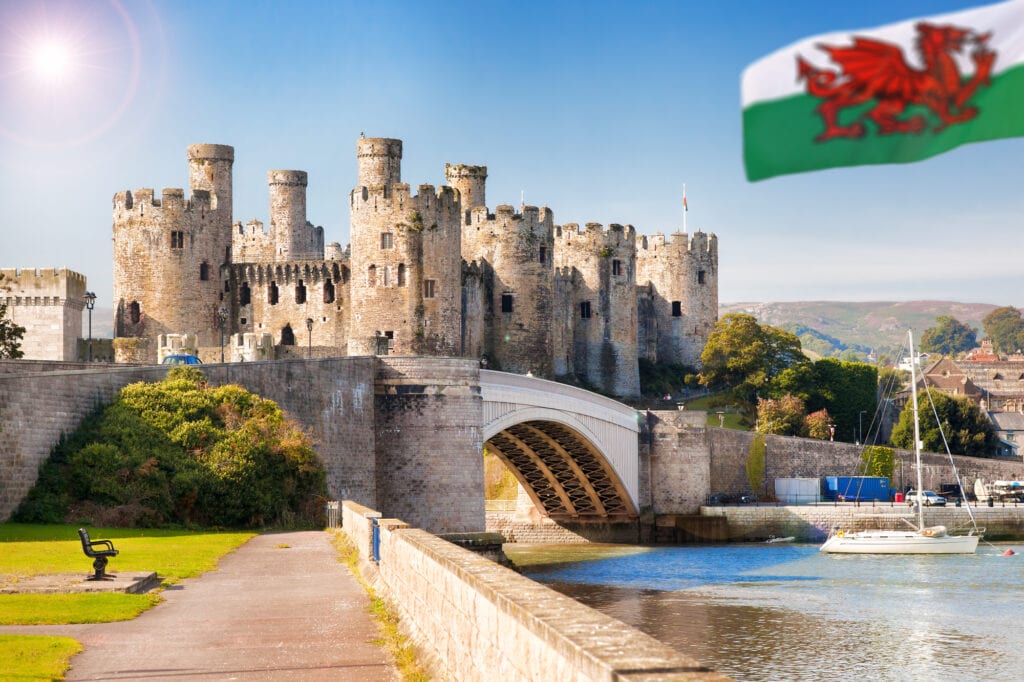
Conwy Castle was built by Edward I to protect and maintain, along with several other castles, his newly acquired dominance in the region. Conwy Castle is listed by UNESCO as a World Heritage Site.
The ruins of Aberconwy Abbey can be found at St. Mary and All Saint’s Church . The abbey was also the burial place of Llywelyn ap Iorworth, (Llywelyn the Great) and was the burial place of many of the native Princes of Gwynedd, including Gruffydd ap Cynan, and Llewelyn ap Maelgwyn. Llywelyn’s son and successor Dafydd ap Llywelyn were also buried there in 1246. Llywelyn’s other son, Gruffydd ap Llywelyn, died trying to escape from captivity in the Tower of London in 1244, his body was later repatriated and interred at the Abbey.
In Conwy you can also visit the oldest townhouse in Wales Aberconwy House dates to the early 14th century, making it the oldest recorded dwelling house in Wales. Two other houses to visit include Plas Mawr or the Great Hall, which is quite simply the finest surviving Elizabethan townhouse anywhere in Britain.
The Smallest House in Britain can be found at the end of a terrace of houses on Conwy’s quayside. The house is just 72 inches wide by 122 inches high. It was occupied right up until May 1900.
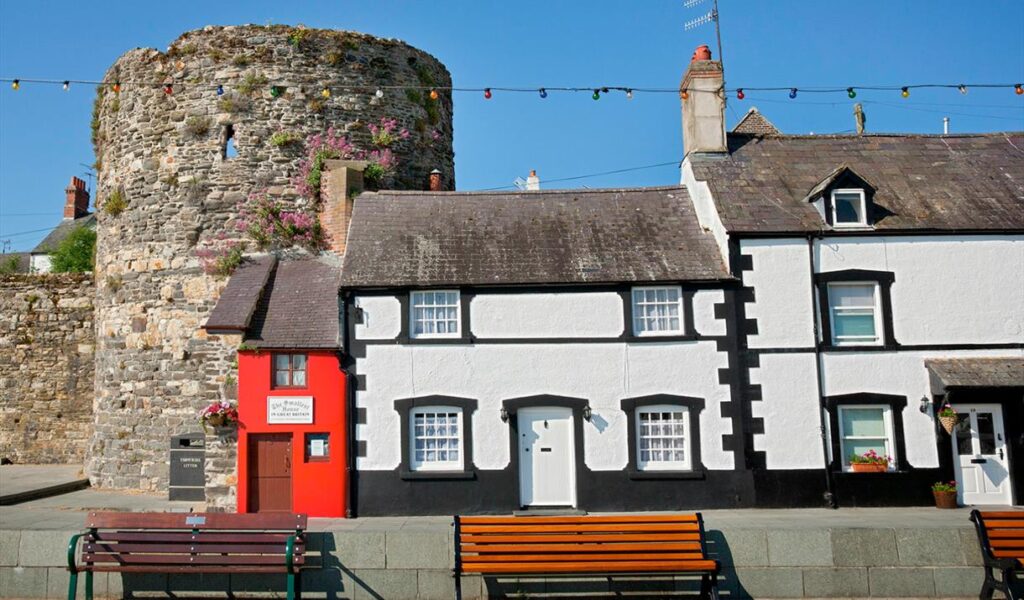
Denbigh castle is situated on the south side of the town high on a hill originally a wooden motte and bailey it was rebuilt by the English in stone. It was granted to Dafydd ap Gruffydd by Edward I after Dafydd assisted the English king put down a Welsh rebellion in 1277.
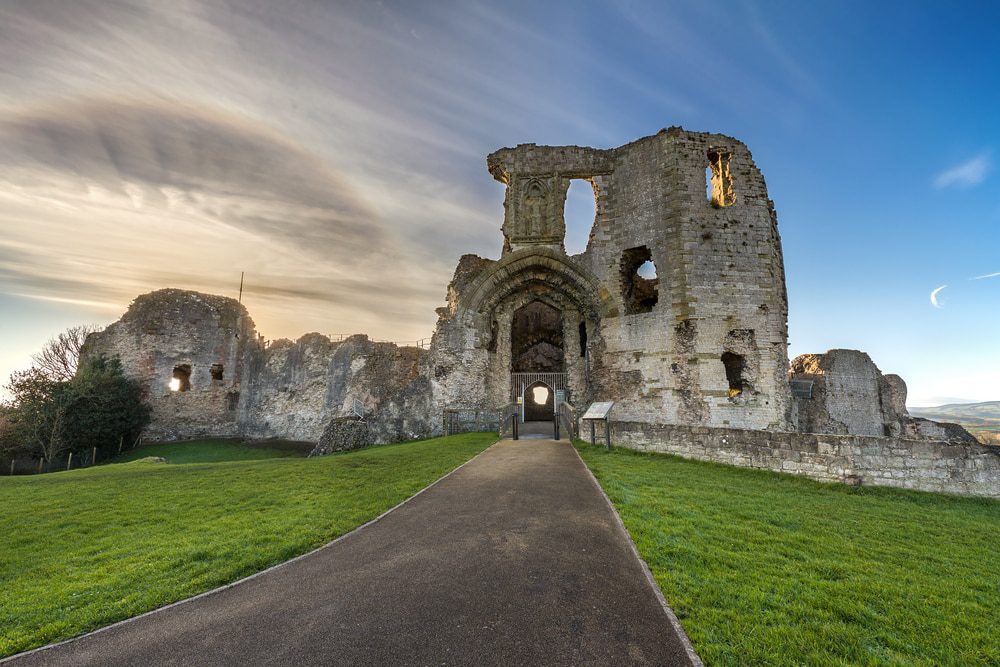
Construction of the castle and the town’s outer wall was interrupted when the town was attacked by the Welsh in 1294 and possibly captured. The main feature of the castle is the gatehouse which consists of three towers. In medieval times the houses were contained within the town walls on the hill but due to its steepness these houses were abandoned and the town was relocated to the valley floor below.
Within Denbigh’s walls lays the ruins of Leicester’s Church built by Robert Dudley . It was Elizabeth I who gave the castle to him and he began building the Church for Protestant worship. However, the money ran out and the church was never finished.
Flint lies on the estuary of the River Dee and is home to the first castle built by Edward I in 1277 which was to be his “ Iron Ring ” of fortresses across Wales. Both castle and town were attacked by the forces of Madog ap Llywelyn during the revolt of 1294-5; the defenders of the town burnt it in order to deny its use to the Welsh.
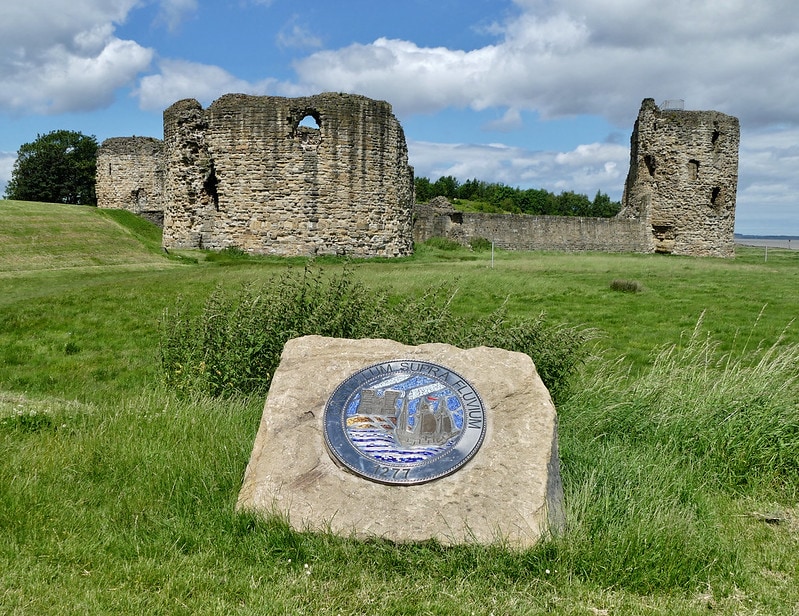
Flint was the setting of another turning point in history this is where King Richard II came face to face with his rival to the crown Henry Bolingbroke. Flint Castle , is famous for featuring in Shakespeare’s play Richard II. The castle is where Richard II is captured.
Hope and Caergwrle have had a turbulent past due to their location on the border of Wales and England. Successive waves of invaders from England sought to take Welsh lands and ownership of the settlements changed several times.
Caergwrle Castle Hill and Caer Estyn provided excellent defensive positions. In the late 13th century, Llywelyn ap Gruffydd, Prince of Wales, refused to pay homage to the new English ruler, King Edward I. In retaliation, Edward invaded Wales in 1276 and forced Llywelyn to retreat into Snowdonia. Llywelyn’s younger brother, Dafydd, joined forces with Edward as he felt Llywelyn had cheated him of his inheritance.
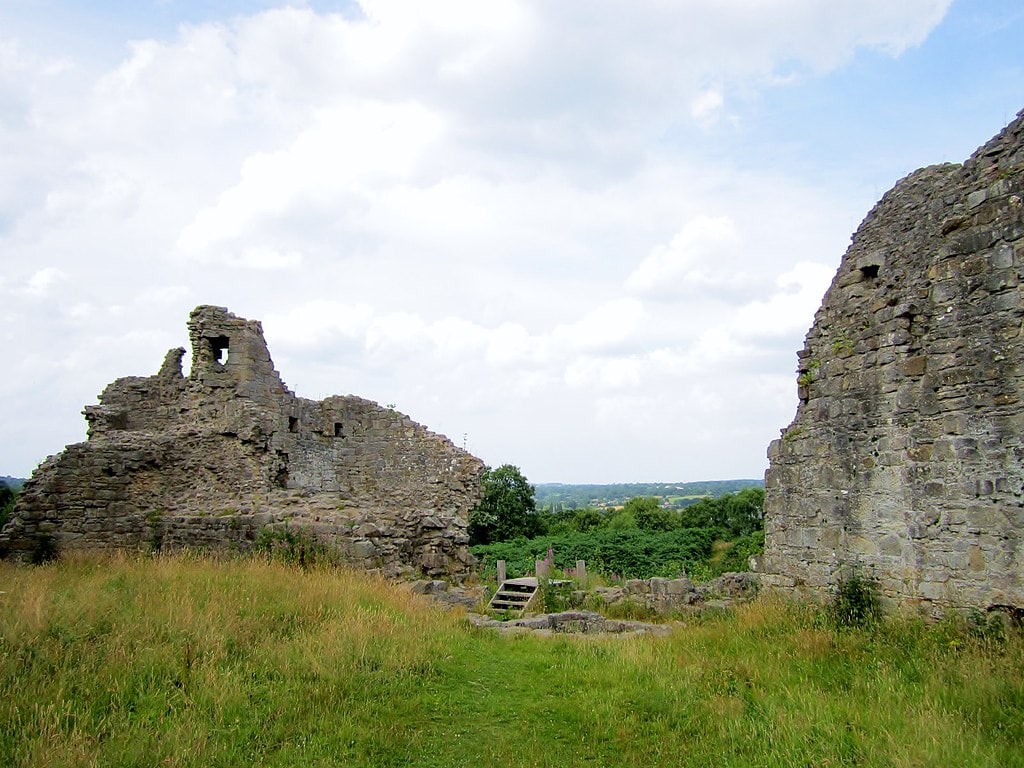
As a reward, Edward gave Dafydd the rich lands around Caergwrle and Hope and, in 1277, Dafydd began to build his castle at Caergwrle. However, Dafydd felt unfairly treated when English lords were given more power and, five years later, he changed sides and fought against the English invaders.
Llywelyn was killed in battle but Dafydd was captured. In retribution for his defection, he was convicted of high treason and was the first person in England to be hung, drawn and quartered for that crime.
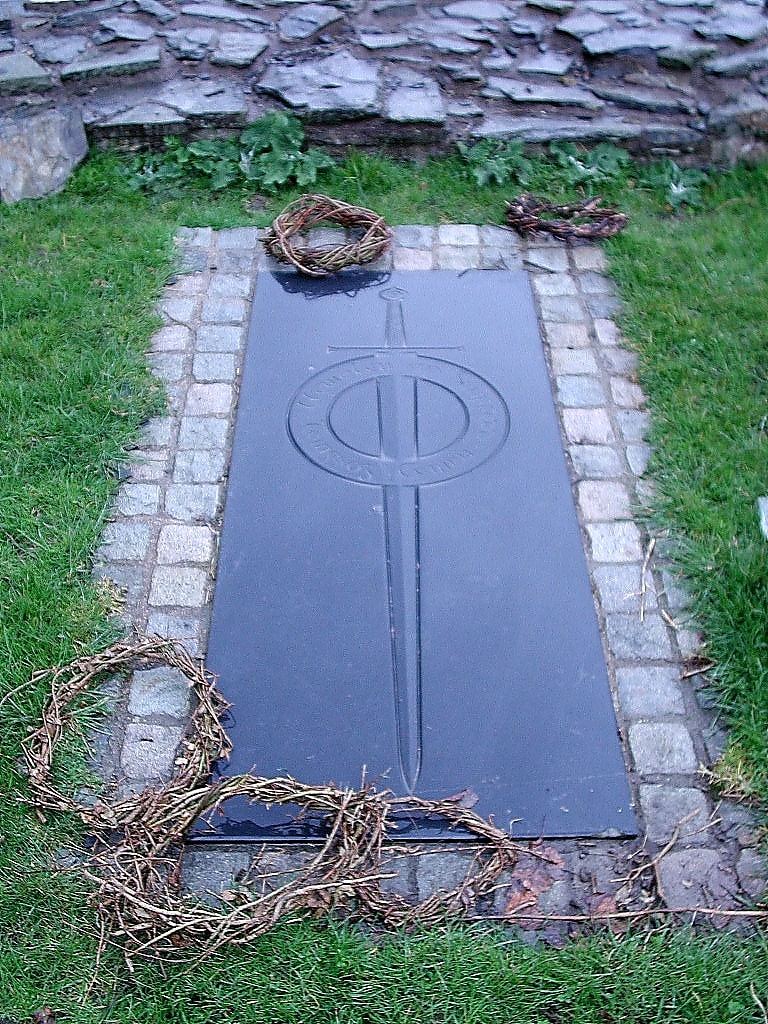
Caergwrle Castle didn’t fare much better. Edward began to rebuild it but, a year later, a fire ripped through the wooden parts of the castle and the work was abandoned.
In 1400 Owain Glyndŵr rebelled and proclaimed himself Prince of Wales, and by 1403 he had infiltrated Flintshire, urging revolt. The local Welsh flocked to join his forces and burned the English settlement of Hope. Gradually, King Henry IV’s armies regained control.
None of Edward I’s mighty coastal fortresses has a more spectacular setting than Harlech Castle set on a sheer rocky cliff overlooking the sea. In Snowdonia National Park the peaks of Snowdonia rise in the back and the Castle is part of the UNESCO World Heritage Site.
Harlech was completed from ground to battlements in just seven years its classic ‘walls within walls’ design makes the most of daunting natural defences.
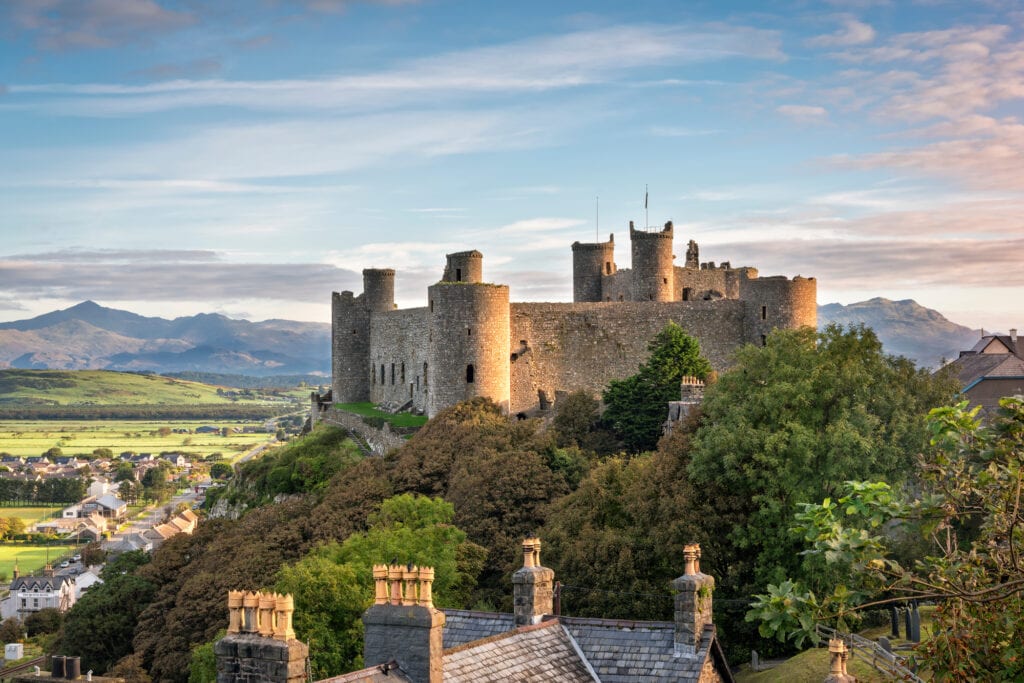
In 1294 the rebellion of Madog ap Llewelyn (a distant cousin of Llywelyn the Great) took place against Edward 1 (Longshanks) the castle held out – thanks to the ‘Way from the Sea’. This path of 108 steps rising steeply up the rock face allowed castle defenders access to food and water brought to the steps by ships.
During the 15th-century Wars of the Roses, Harlech was held by the Lancastrians for seven years, before Yorkist troops forced its surrender in 1468, a siege memorialised in the song “Men of Harlech”. Following the outbreak of the English Civil War in 1642, the castle was held by forces loyal to Charles I .
UNESCO considers Harlech, along with Beaumaris, Conwy, and Caernarfon, to be one of “the finest examples of late 13th-century and early 14th-century military architecture in Europe”, and it is classed as a World Heritage Site. In 2015 a new footbridge was installed which links a new visitor centre in the refurbished Castle Hotel, opposite the castle, replacing long flights of timber steps. It occupies the position of the castle’s original drawbridge.
A 1000-year-old road in Harlech, Ffordd Pen Llech was recognized by the Guinness World Records in 2019 as the steepest residential street in the world with a gradient of 1:2.67 (37.45%).
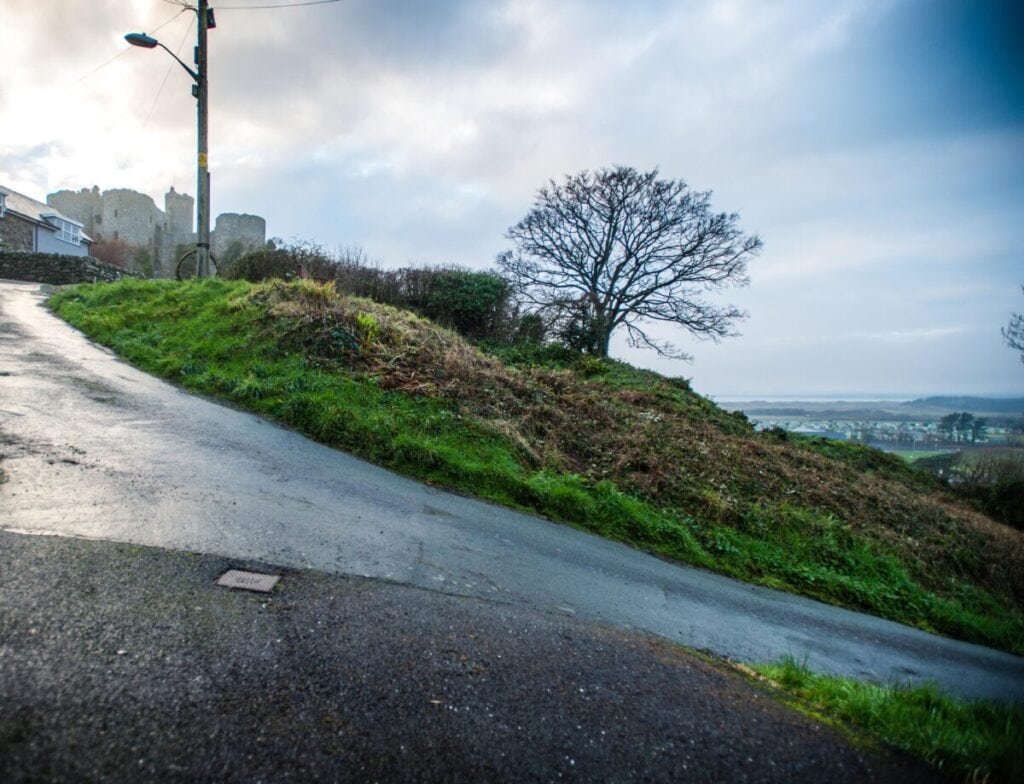
The Lockheed P-38 Lightning, nicknamed the Maid of Harlech , crashed on a Harlech beach in September 1942 when its pilot, Second Lt Robert Elliott, 24, of North Carolina, got into difficulties during a training exercise. The aircraft is one of the only known aircraft of its type still surviving substantially intact and is of international significance.
While the exact location of the Lockheed P-38 Lightning fighter aircraft remains confidential, to protect the plane, it remains there today.
Llanrwst is a pretty, hidden gem in Wales and it’s most well-known for the picturesque Ty Hwnt i’r Bont tea room which you have probably seen on Instagram, and the nearby three-arched stone bridge said to be built by Inigo Jones.

In the middle of the town is the Parish Church of St Grwst which is home to a stone coffin that is said to be the tomb of Llywelyn The Great. Then check out the nearby almshouses before heading out of town to Gwydir Castle (open seasonally), a 16th Century Tudor courtyard house built for the powerful Wynn family. While there, ask for the key to the nearby Gwydir Uchaf Chapel . This was the castle’s private chapel and inside you will find a beautifully painted interior.
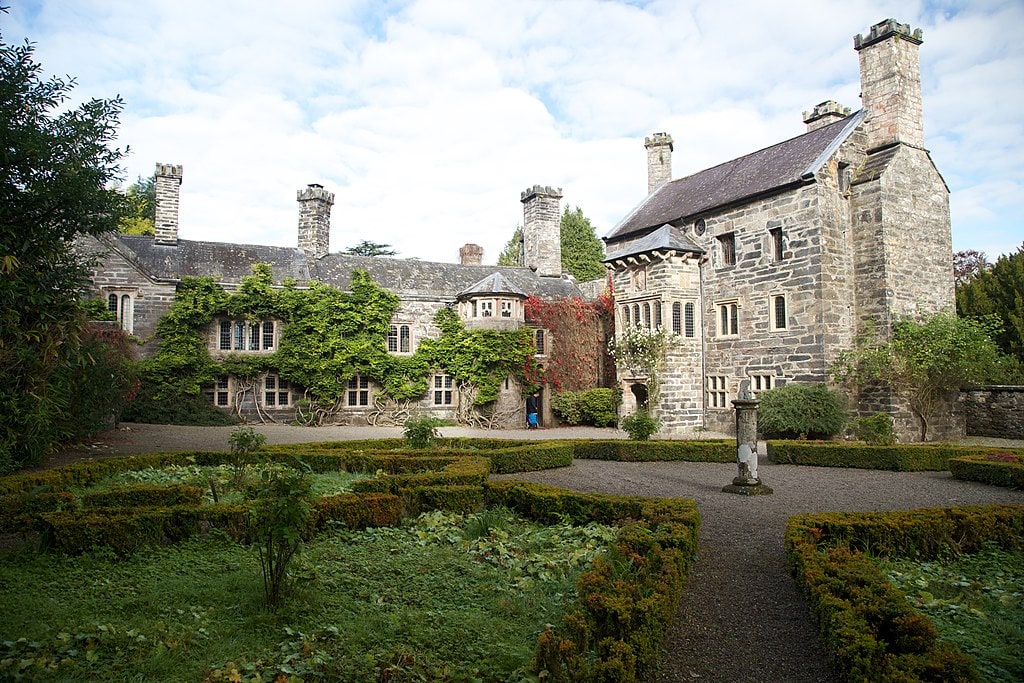
Gwydir Castle is an ancient Welsh house regarded as one of the finest Tudor houses in Wales, the castle was formerly the ancestral home of the powerful Wynn family. By 1994 the house and its surrounding grounds had become derelict, it’s taken a monumental 20-year effort to restore the property by the current owners to get it to where it is today, with works still ongoing to fully restore it to its former glory.
Machynlleth is truly a gem – a rural market town with a quirky, eco-friendly vibe nestled within the beautiful UNESCO Dyfi Biosphere . There are loads to do and see just wandering around. There are plenty of antique stores, alternative lifestyle shops and galleries featuring local artists and craftspeople. There’s a bustling market on Wednesdays and even an annual world-famous comedy festival.
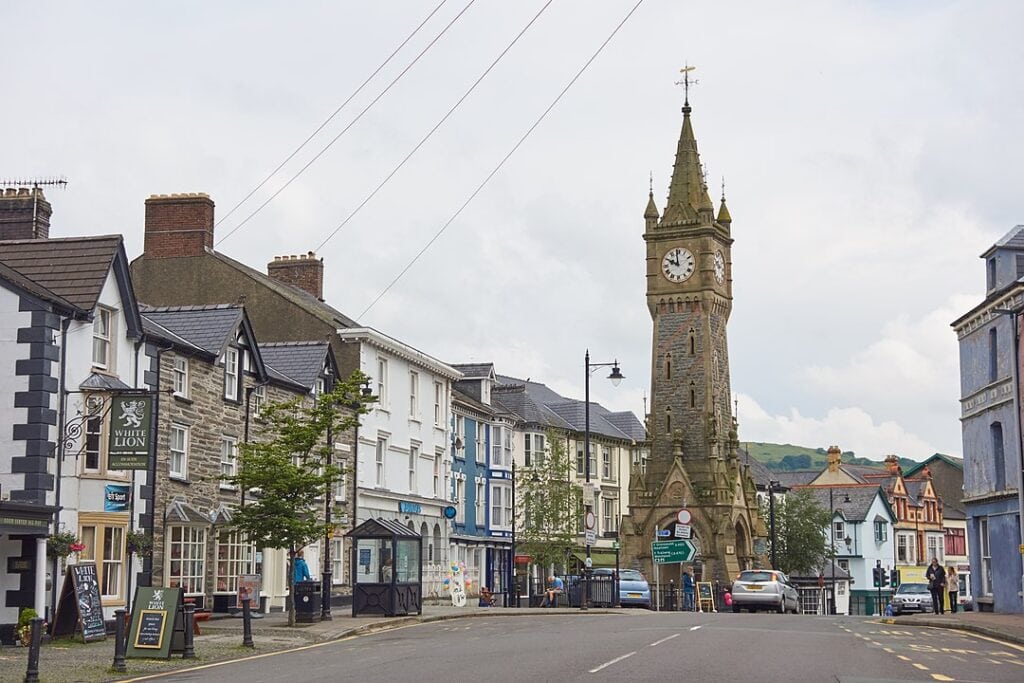
On Heol Maengyn which is the high street, there is a splendid Victorian clock tower, and on Wednesdays, the market (which was launched by Royal Charter in 1291) continues to this day. It was also the site of national hero Owain Glyndŵr’s 1404 parliament – the original Senedd. The Owain Glyndŵr Centre is the local history museum that tells his story.
Other attractions include Y Plas (The Mansion); a house and gardens formerly owned by the family of the Marquess of Londonderry, which was given to the people of Machynlleth in 1948.
Newcastle Emlyn in Carmarthenshire is a town on the River Teifi, known for its 13th-century ruined castle, set on high ground in a loop of the river. According to legend, the castle was the home of the last dragon in Wales. The historic town centre is a conservation area, with a wealth of interesting old buildings.
Founded around 1240 by the Welsh Prince, Maredudd ap Rhys, Newcastle Emlyn castle is unique in that very few Welsh-built stone castles can be found in West Wales. Following a series of attacks and refurbishments over the following centuries, the castle was finally blown up with gunpowder in 1645 during the English Civil war.
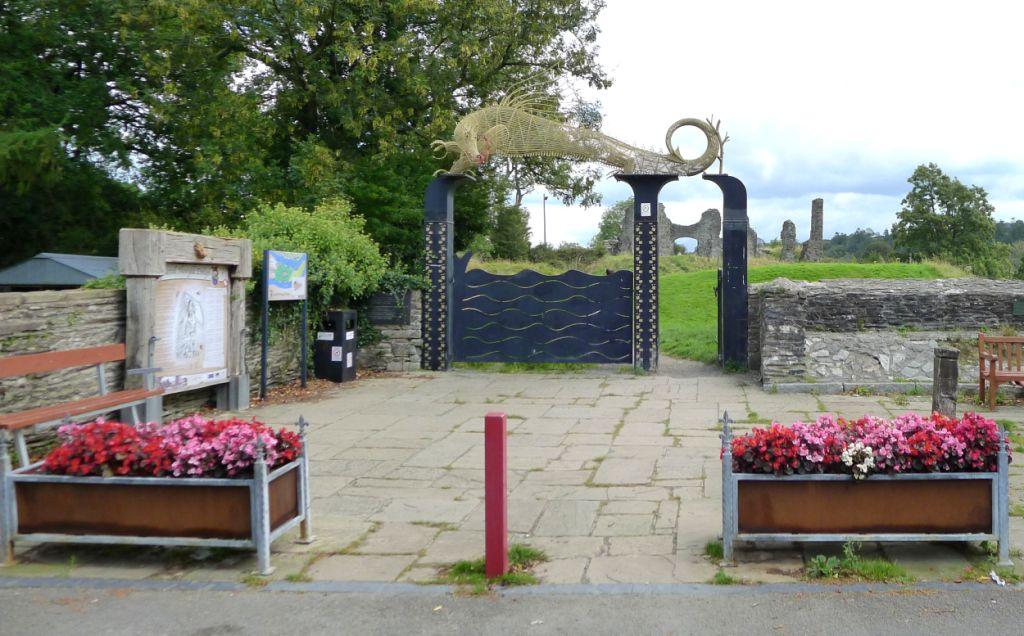
The dragon gates at the castle are inspired by the legend which tells that the last Dragon in Wales was killed there. During a town fair when the town was full of people, a Wyvern (a fierce winged creature) breathing fire and smoke landed on the castle walls and settled down to sleep. Its appearance in the castle at first brought terror to all but, after the fear had died down, a few brave townsfolk sought to destroy the fearsome monster.
A soldier approached the dragon from the river Teifi and floated a red cloak in the river. The dragon awoke, saw the cloak and went to attack it but was shot at by the soldier. The wyvern, in its death throes, floated down the river. The legend tells of the great joy of the townsfolk when they saw the monster dead. Today, the legend of the last dragon In Wales is kept alive in the sculptures and plaques that sit within the dramatic castle ruins.
Pembroke was founded by Henry II and is the home of Pembroke Castle , a superb medieval fortress and the birthplace of Henry Tudor, later to become King Henry VII.
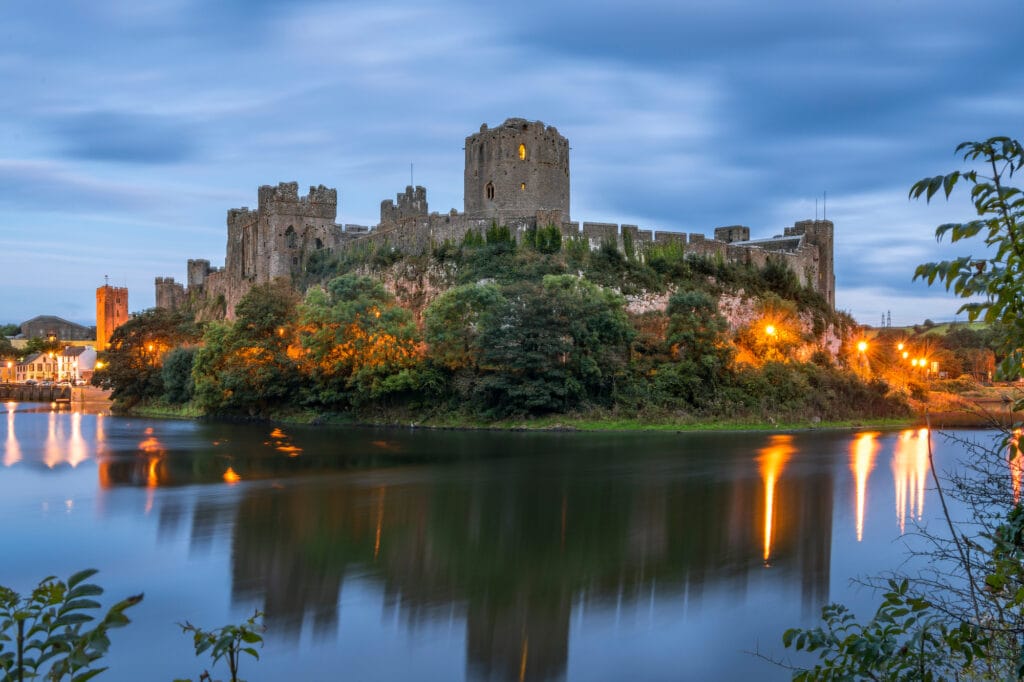
In addition to the castle, Pembroke features three medieval churches and the remains of the medieval town walls. The street’s layout follows a layout which is nearly 1,000 years old and a track of some sort was probably laid out 1,000 years before that. Beneath the castle, is a vast cavern called The Wogan which has been used for the past 12,000 years, if not continuously.
During the Wars of the Roses, town & castle wavered in support of warring Lancastrian & Yorkist factions. In 1447 Jasper Tudor (half-brother to Henry IV) was appointed Earl of Pembroke and into his care was sent the young Margaret Beaufort, wife of his brother Edmund. She gave birth to a son in Pembroke Castle, a son destined to become Henry VII and the founder of the Tudor dynasty. Edmund died two months before the birth of their son Henry.
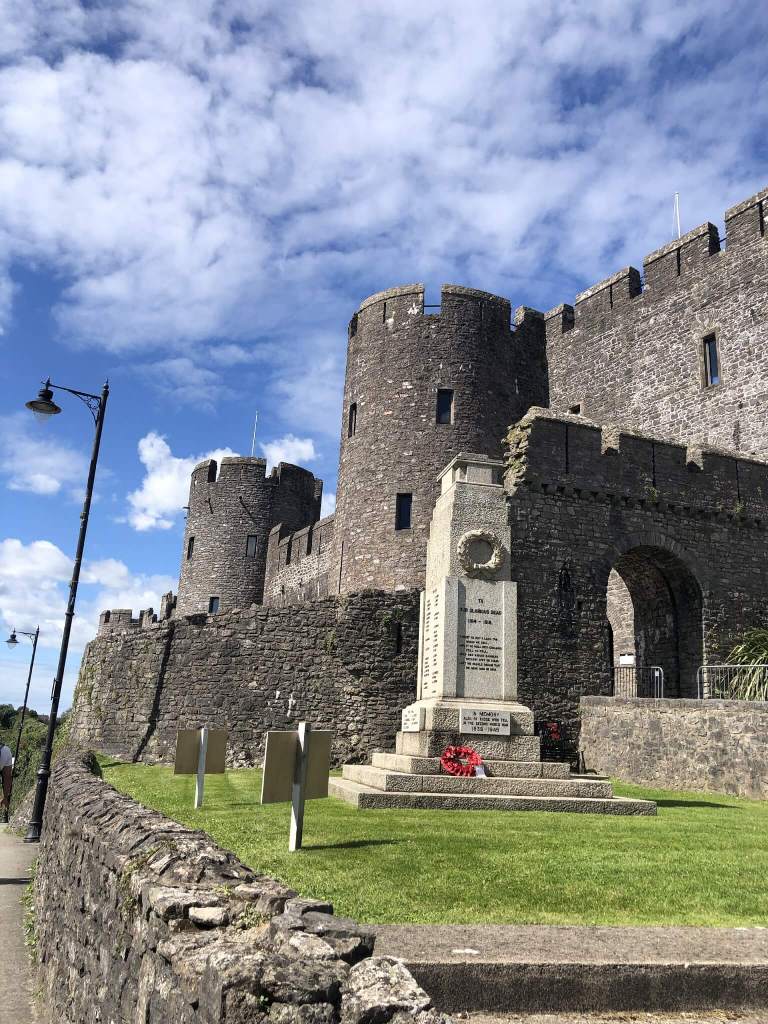
One of three medieval churches in Pembroke, St Mary’s dates to the late 12th century. By the entrance is a Tudor bench commemorating the birth of Henry VII (Henry Tudor) at the nearby castle in 1457. The second of Pembroke’s medieval churches, St Michael’s was built in the Norman period, rebuilt in 1835, and rebuilt again in 1887. Unfortunately, the church was forced to close in 2013.
The best place to see the medieval town walls of Pembroke is on Common Road. Here you can also see the ruins of lime kilns, used to process lime for fertilizer and mortar. Built into the town walls is the Gun Tower (also known as the Defending Tower). This was one of six flanking towers that gave defenders a good view along the line of the wall.
Ruthin is a Welsh hidden gem in North Wales where you can find the oldest timber townhouse in the country Nantclwyd y Dre . The house was started in 1435 and has been added to, updated and upgraded throughout the centuries.
Nantclwyd y Dre seven rooms have been restored and here you can see the various periods of the history of the building. There is also a fully restored garden known as the Lord’s Garden.
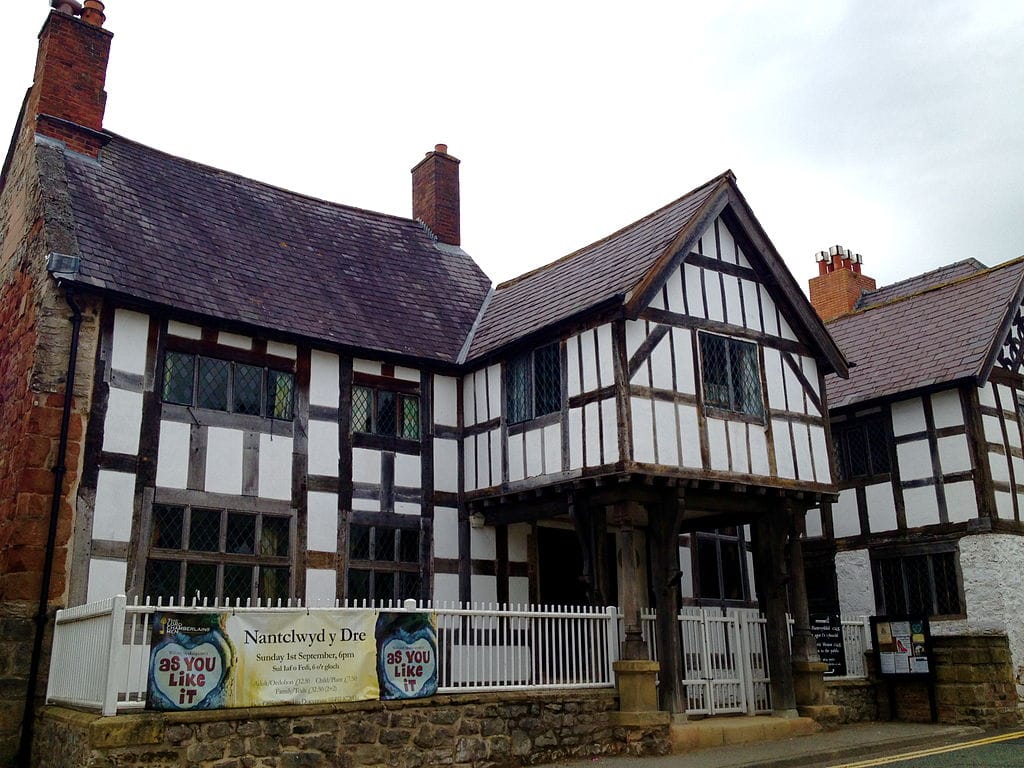
Ruthin’s other architectural gems include the multi-dormered tiled roof of the former Myddelton Arms (known as the Eyes of Ruthin) which dates from the mid-16th century and is of Flemish design.
When walking the town centre keep your eyes peeled for the Maen Huail , a limestone block in Ruthin’s town centre. Elis Gruffydd (1490-1552) recorded it as the very stone on which King Arthur beheaded the young warrior Huail, who made the fatal error of raiding his lands, stealing his mistress, and mocking him for a slight limp which Huail himself had inflicted.
Ruthin Castle is built on a red sandstone ridge 100 feet above the Vale of Clwyd, overlooking a strategic river crossing. Judging by the curving moat to the west of the upper bailey, the earliest castle here may have been a motte and bailey. However, the first documented castle was given to Prince Dafydd ap Gruffydd by King Edward in 1277.
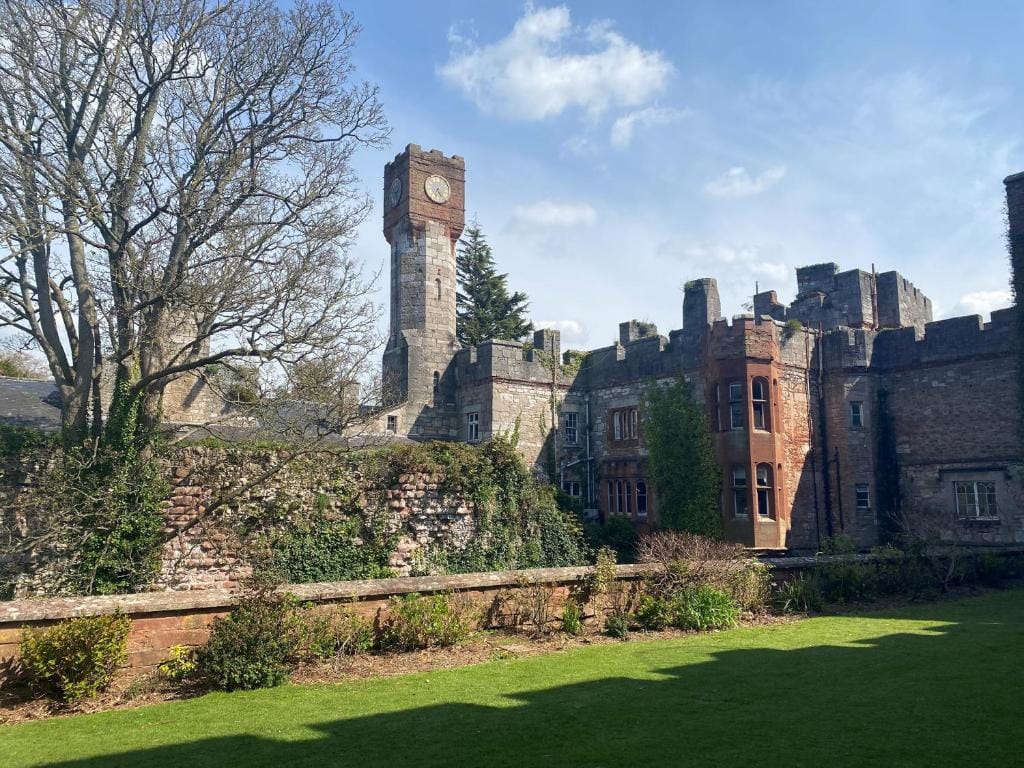
Near Ruthin Castle, you will find a sign for Lady Grey’s grave – the wife of the second in command at the castle when it was a fortress inhabited by the armies of Edward I.
Lady Grey was said to have been executed after killing her husband’s lover with an axe in a jealous rage. The local priests wouldn’t allow her to be buried on consecrated grounds so she had to be buried outside the castle walls. There are reports of the apparition of a crazed woman walking through the banquet hall and the battlements wielding an axe as she moves through the grounds and outside the castle walls.
In the early 1960s, Ruthin Castle was purchased at an auction & converted into a hotel. One of its most notable guests since was HM King Charles III who stayed on his way to his investiture as Prince of Wales in 1969.
Caldey Island has a history from the 6th century when St Pyro established a monastery here. The monastery was reestablished in the 12th century, and again in the early 20th century. A small island off the Pembrokeshire coast is not the place you would expect to find three historic churches, a ruined medieval priory, a Tudor dovecote, a Catholic monastery, and, perhaps most unusual of all, a chocolate factory. But Caldey Island is no ordinary place.
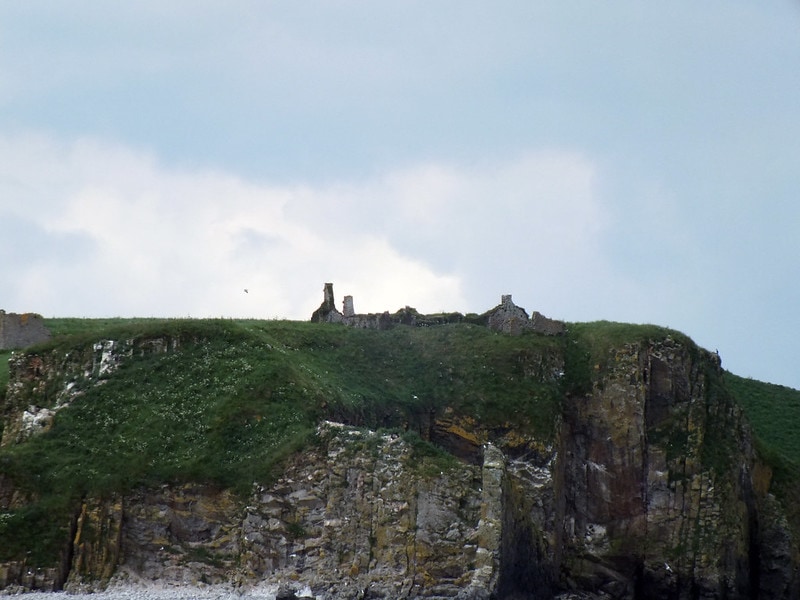
The island site proved easy prey for Viking raiders, and the monks left but returned in the 12th century when the Normans conquered Southern Wales. The Norman lord of Wales was Robert Fitzmartin, who gave Caldey to his mother Geva. Around the year 1131 Geva founded a new monastery of monks following the Tironian rule, as a daughter house of St Dogmael’s Abbey near Cardigan. The new Caldey Priory was a poor place, able to support only a few monks. Indeed, when Henry VIII’s commissioners came to dissolve the Priory they found only one monk in residence.
St Illtud’s Church , built in the 13th century is near the Priory ruins and its sanctuary floor is made of pebbles gathered from the beach, polished smooth by the passage of feet over centuries. Outside the sanctuary is a 6th-century Ogham stone, bearing inscriptions in both Latin and the ancient Ogham script.
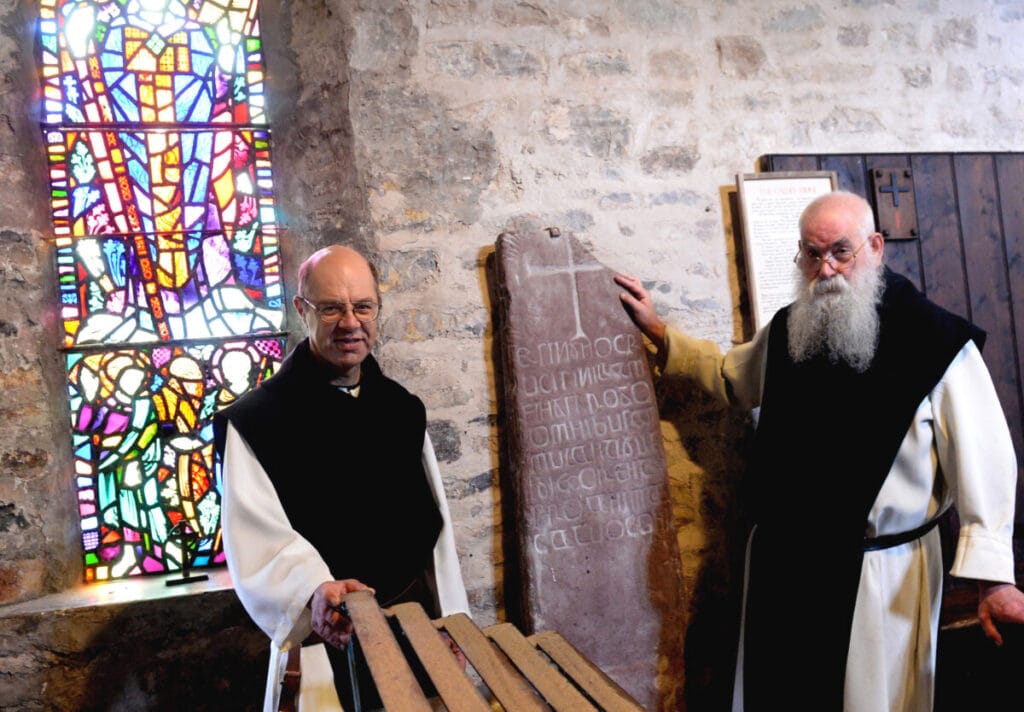
The Caldey Ogham stone was discovered buried in the Priory grounds in the 19th century and was used for a time as a garden seat before being placed for safekeeping inside the church. The Ogham inscription commemorates a servant of Dubricius, which may refer to St Pyro, who was himself a follower of St Dubricius. The Latin text is later, carved in the 8th century and commemorates a man named Catuocunus.
The Watchtower is a cylindrical building beneath a conical roof. It was probably used as a coastal lookout station, as was a similar tower at Penally, on the mainland. It dates to at least the 15th century, with one historian suggesting a Norman date of construction based on the very thick walls. It was probably used as a lookout tower.
Cosmeston Medieval Village is one of the Vale of Glamorgan’s leading tourist attractions. The Village is set in the year 1350, a turbulent period in the history of the Welsh and English. The remains of the community were discovered and excavated during the 1980s by a team of archaeologists, and the local authority decided that this was a unique opportunity to bring to life part of the history of Wales.
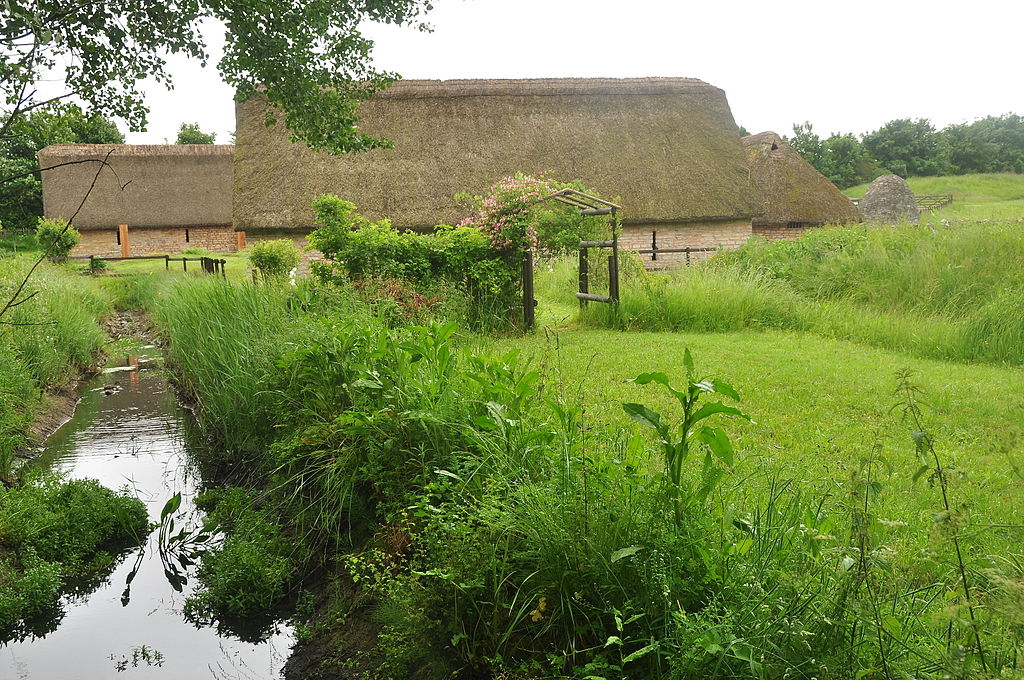
A programme of reconstruction allows visitors to see excavated buildings and gardens recreated, while livestock of the middle ages is cared for by “villagers” in authentic costume. There is an opportunity to experience medieval life by taking a tour of the village with a costumed guide or you can take a self-guided tour using the portable audio system.
UNESCO has described this world heritage site as “a masterpiece of creative genius”. Built and planned in the 1700s the Aqueduct is incredibly impressive and spans 18 km. It may not be medieval but it is of great historical importance.
It was built by Thomas Telford and William Jessop and completed in 1805. Cast Iron was used for the trough, while the pillars are made of brick. The aqueduct carries the Llangollen Canal over the valley of the River Dee in northeast Wales.
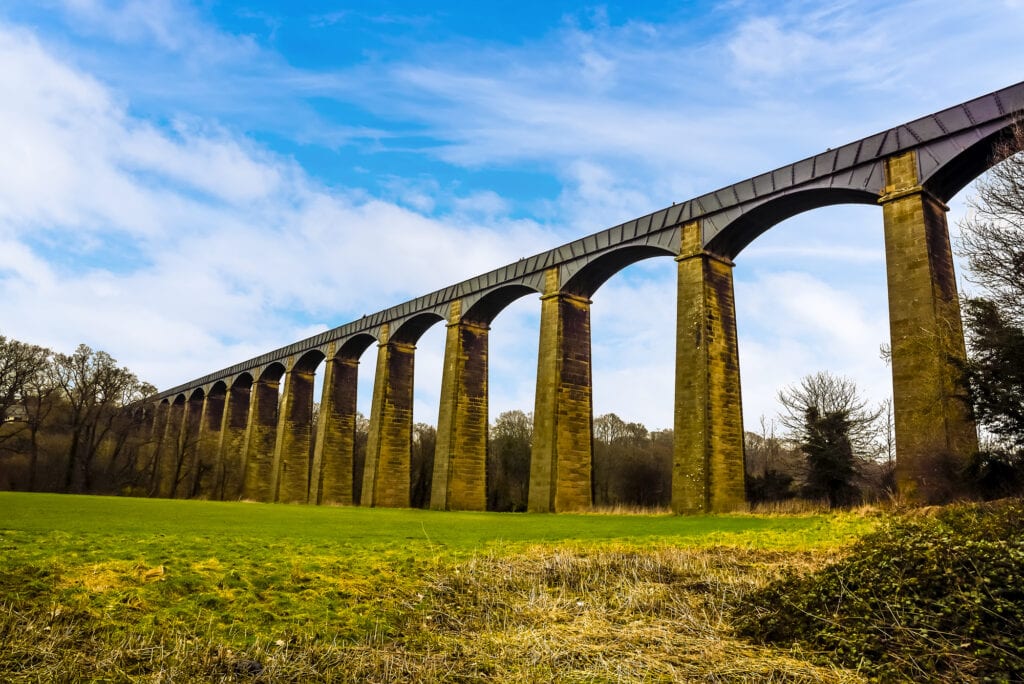
The whole length of the site has also been designated a Scheduled Ancient Monument of National Importance, and an Area of Outstanding Natural Beauty.
You simply can’t leave Wales without experiencing the national Sport Rugby. Rugby is Wales’ national sport and it helped to create Welsh nationhood. Rugby union is the national sport of Wales and is a great influence on Welsh culture. Try and get tickets to the Principality Stadium in Cardiff to experience Rugby international weekends and enjoy some real Welsh partying.

All these historic towns in Wales are fascinating places to visit and there are just so many captivating historical sites to see and discover. I love to know which ones you have been to and enjoyed the most.
You might also like to read.
27 Awe-inspiring things to do in Wales
25 Traditional Welsh food dishes
North Wales Coastal Path the famous Pilgrim’s Way Route
7 of the most beautiful beaches on the Pembrokeshire Coast Wales
Faith was born in Ireland raised in Canada and has lived in over 10 countries in Europe including England, Ireland, Scotland, France, Spain, Northern Ireland, Wales, along with Mexico, Antigua, the US and has slow travelled to over 40 countries around the world. Graduating with a degree in Anthropology and Women's Studies Faith is a student of history, culture, community and food and has written about these topics for over 40 years.
View all posts

Leave a Comment Cancel Reply
Your email address will not be published. Required fields are marked *
Save my name, email, and website in this browser for the next time I comment.
I have read and accepted the Privacy Policy *
This site uses Akismet to reduce spam. Learn how your comment data is processed .
Call us: 0800 464 00 00
We’re continuing to add late notice timetable changes to our ‘Short Notice Service Updates’ disruption page
These timetable changes will also be tagged as a disruption alert to any relevant timetables and journey plans.
We've made some changes to the Traveline Cymru app to make it look part of the TfW family.
While you might notice small changes to our website and app, we’re continuing to provide the same journey planning and data services.
Take the easy road…
You might think that traveling by car is the easiest way to get around but there’s lots of reasons why travelling by bus is actually the easy road.
Bus Fares Changes - April 2024
Mae gweithredwyr bysiau ar draws Cymru yn gwneud newidiadau i brisiau eu tocynnau fis Ebrill eleni.
No flight information available at this time
Latest Updates

Traveline Cymru is now part of Transport for Wales

Explore the transport options available in your searched location
Current Disruptions
Short notice service updates: please check for late notice timetable changes from bus operators, bus fares changes – april 2024, transport for wales - planned improvement works and late notice disruptions, great western railway - planned improvement works and late notice disruptions, crosscountry trains - planned improvement works and late notice disruptions, customer notice - disruption, abp newport marathon and 10k – sunday 28 april 2024, principality stadium events – summer 2024, download the traveline cymru app.

When accessing your public transport information, please:
See our ‘ Christmas and New Year Travel Information ’ page for an overview of festive travel arrangements from operators
- Keep an eye on our Twitter page for details of last-minute service cancellations – @TravelineCymru
Customise My Journey
Personalise your experience with us by signing up with your own account. Here, you will be able to save your favourite journeys, view disruptions & much more by customising your journey to your needs. Click here to find out more and sign up , or log in below.
Don't have an account? Sign up
Forgotten your password?
Call us: 0800 464 00 00
Travel information
Traveline Cymru aim to provide you with as much information as we can to help you to make your journey any time, any way to any place.
These pages have been designed so that you have all the information you need at your fingertips.
Customise My Journey
Personalise your experience with us by signing up with your own account. Here, you will be able to save your favourite journeys, view disruptions & much more by customising your journey to your needs. Click here to find out more and sign up , or log in below.
Don't have an account? Sign up
Forgotten your password?
Travel information and advice for planning your next holiday to Wales.
Safety advice for exploring our National Parks
Planning on visiting one of our National Parks? Find out how to stay safe.
- Eryri National Park
- Pembrokeshire Coast National Park
- Bannau Brycheiniog (Brecon Beacons) National Park
RNLI's guide to beach safety
The RNLI's top tips for staying safe on the Welsh coast during the summer months.
Visiting Wales safely
Information on safety advice for outdoor activities and staying safe in accommodation.
- Annual holidays
- Accommodation
Before you start...
This site uses animations - they can be turned off.
Terms and Conditions
By using this site, you confirm you agree to our Terms and Conditions .
We'd Like to Hear From You
By answering a few questions , we'll give you the chance to win £500. By doing so you will also help us improve this website and help with your holiday planning and travel needs.
Good for you. Good for us. Teamwork!
- International edition
- Australia edition
- Europe edition

Wales to change guidance on 20mph speed limits, transport minister says
Ken Skates says local communities will decide which limits are rescinded after 500,000 people sign petition against them
Wales’s transport minister has said the government will “correct” its guidance on the introduction of 20mph speed limits in built-up areas.
The announcement comes after half a million people signed a petition against the measure.
In an interview with North Wales Live, Ken Skates said in many areas “routes that shouldn’t have been included, were”.
He said he wanted decisions on the speed limit to be left to local communities rather than the government imposing them.
“There will be change that addresses the concerns that a lot of people, including half a million people who signed the petition, raised on a consistent basis,” he said.
“These are: that there is generally universal support for 20mph being targeted in areas where there are schools, built-up areas like housing estates, and outside hospitals and so-forth, but in many areas routes that shouldn’t have been included, were.
“We’ve put our hands up to say: the guidance has to be corrected.
“This will enable councils to revert back those routes that are not appropriate. Whether the change will be radical will largely depend on what people want.”
Skates, who was appointed transport minister last month by the first minister, Vaughan Gething, in his first cabinet, said the government would listen to communities and implement changes.
“I want communities to own speed-limit decisions rather than having them imposed upon them,” he said.
“That is why this national programme of listening is going to be so important. We want to ease out what it is that people in their communities actually want to see happen, then implement the change according to the citizens’ voice.
“I imagine in some parts of Wales we will see relatively few changes and in others we will see quite a lot more, but we won’t know the degree of the change until we have completed that exercise, listening to people and taking stock of the routes people would like to see return to 30mph.”
The policy was introduced in September under the previous first minister, Mark Drakeford, with a promise that lower speed limits would lead to fewer collisions and people injured.
after newsletter promotion
There has been fierce opposition from the Conservatives in the Senedd. The shadow transport minister, Natasha Asghar, described it as a “monumental waste of time and resources”.
Drakeford has conceded that more could have been done to prepare the ground for the policy, but said he stood by it.
Gething said the government had got some of the messaging wrong , but that he wanted it to work.
A Welsh government spokesperson said: “The cabinet secretary has been clear that his immediate priority on 20mph is to listen. To support this, in the weeks ahead he will be engaging with elected representatives, businesses and communities across Wales.”
Skates will address the issue in a statement on Tuesday.
The Plaid Cymru leader, Rhun ap Iorwerth, said: “Over six months have passed since Plaid Cymru tabled a Senedd amendment, and won the vote, gaining a commitment from Welsh government to review the impact of new limits and to empower local authorities to make further exemptions.
“I support the principle of widespread 20mph zones, but it’s clear that it was implemented very poorly and inconsistently, with too many roads changing to 20mph in places where it felt unreasonable.
“Welsh government must push ahead now and sort it out, working with local authorities and communities to ensure that limits are properly reviewed, and unreasonable 20mphs are removed.”
- Welsh politics
- Transport policy
- Road transport

Welsh government may reverse 20mph limit on hundreds of roads – but denies U-turn

Vaughan Gething to become Welsh first minister after Labour leadership win

Who is Vaughan Gething, the new Welsh Labour leader?

Vaughan Gething or Jeremy Miles to make history as Welsh Labour’s new leader

Welsh first minister hopeful accepted £200k from waste offender’s firm

‘People should feel they belong’: Jeremy Miles reveals inclusive vision for Wales

Wales government announces raft of cuts to public services

Jeremy Miles enters race to succeed Mark Drakeford as Welsh first minister

Mark Drakeford to step down as Wales first minister
Most viewed.
Kate Middleton and Prince William Release New Photo of Prince Louis for His 6th Birthday
The image was released straight to social media during what is an unprecedented and difficult time for the Wales family.

Prince Louis turns six today, and his parents have released an adorable new image to mark the occasion. Posted on the Prince and Princess of Wales’s social media channels at 12:15 p.m. in the UK, the image shows the Prince lying on his stomach and smiling into the camera.
“Happy 6th Birthday, Prince Louis!” the caption reads. “Thank you for all the kind wishes today.”
The decision to release an image via social media on the day of Louis’ birthday marks a change from Kensington Palace’s usual process. William and Kate had established a convention of releasing images for their children’s birthdays to news media under embargo a day ahead which meant that UK newspapers could publish the image on the day of the birthday itself. However, this is an unprecedented time for the family as Kate is undergoing chemotherapy treatment for cancer while also still fully recovering from major abdominal surgery in January.
In a totally unexpected and heartbreaking video message released one month ago, the Princess of Wales shared that she has cancer and had started a course of chemotherapy. She made a plea for “space and privacy” while she completes her treatment.
The Wales family spent Easter out of the spotlight and there remains no word on when Kate is expected to be out and about again publicly. Prince William carried out his first public visit since his wife announced her diagnosis last week. He highlighted the work of a food distribution charity in southeast England.
Princess Charlotte’s 9th birthday is on May 2 and it is expected that an image will be released in the same way as today to mark the occasion.

Town & Country Contributing Editor Victoria Murphy has reported on the British Royal Family since 2010. She has interviewed Prince Harry and has travelled the world covering several royal tours. She is a frequent contributor to Good Morning America. Victoria authored Town & Country book The Queen: A Life in Pictures , released in 2021.
@media(min-width: 40.625rem){.css-1jdielu:before{margin:0.625rem 0.625rem 0;width:3.5rem;-webkit-filter:invert(17%) sepia(72%) saturate(710%) hue-rotate(181deg) brightness(97%) contrast(97%);filter:invert(17%) sepia(72%) saturate(710%) hue-rotate(181deg) brightness(97%) contrast(97%);height:1.5rem;content:'';display:inline-block;-webkit-transform:scale(-1, 1);-moz-transform:scale(-1, 1);-ms-transform:scale(-1, 1);transform:scale(-1, 1);background-repeat:no-repeat;}.loaded .css-1jdielu:before{background-image:url(/_assets/design-tokens/townandcountrymag/static/images/diamond-header-design-element.80fb60e.svg);}}@media(min-width: 64rem){.css-1jdielu:before{margin:0 0.625rem 0.25rem;}} Royal Family News @media(min-width: 40.625rem){.css-128xfoy:before{margin:0.625rem 0.625rem 0;width:3.5rem;-webkit-filter:invert(17%) sepia(72%) saturate(710%) hue-rotate(181deg) brightness(97%) contrast(97%);filter:invert(17%) sepia(72%) saturate(710%) hue-rotate(181deg) brightness(97%) contrast(97%);height:1.5rem;content:'';display:inline-block;background-repeat:no-repeat;}.loaded .css-128xfoy:before{background-image:url(/_assets/design-tokens/townandcountrymag/static/images/diamond-header-design-element.80fb60e.svg);}}@media(min-width: 64rem){.css-128xfoy:before{margin:0 0.625rem 0.25rem;}}

Lady Marina Windsor Opens Up About Her Grandfather

Will & Kate Receive New Honors From King Charles

38 Royal Family Photos Taken By Kate Middleton

Prince Louis's Sweetest Moments

Meghan Markle Wears Trendy Disc Earrings
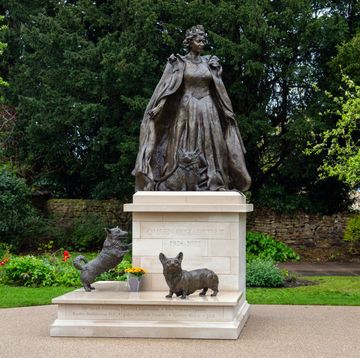
Statue of Queen Elizabeth is Complete With Corgis

Grand Duke Henri of Luxembourg Plans to Abdicate

Princess Charlene Wore Her Engagement Ring

Who Received American Riviera Orchard Jam?
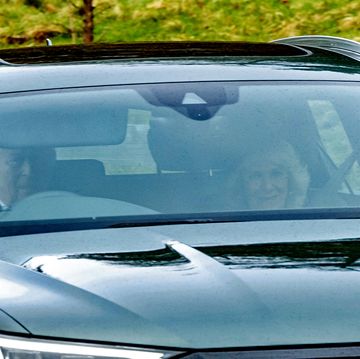
King Charles Spotted Attending Church

Does Prince Andrew Really Not Sweat?
Cookies on GOV.UK
We use some essential cookies to make this website work.
We’d like to set additional cookies to understand how you use GOV.UK, remember your settings and improve government services.
We also use cookies set by other sites to help us deliver content from their services.
You have accepted additional cookies. You can change your cookie settings at any time.
You have rejected additional cookies. You can change your cookie settings at any time.
Deaths registered weekly in England and Wales, provisional: week ending 12 April 2024
Provisional number of deaths registered in England and Wales in the latest weeks.

Applies to England and Wales
https://www.ons.gov.uk/releases/deathsregisteredweeklyinenglandandwalesprovisionalweekending12april2024
Official statistics are produced impartially and free from political influence.
Is this page useful?
- Yes this page is useful
- No this page is not useful
Help us improve GOV.UK
Don’t include personal or financial information like your National Insurance number or credit card details.
To help us improve GOV.UK, we’d like to know more about your visit today. We’ll send you a link to a feedback form. It will take only 2 minutes to fill in. Don’t worry we won’t send you spam or share your email address with anyone.
Watch CBS News
Prince William returns to public duty as Kate continues cancer treatment
By Holly Williams
Updated on: April 18, 2024 / 5:11 PM EDT / CBS News
London — Prince William made his first public appearance Thursday since his wife Catherine, the Princess of Wales, shared her cancer diagnosis last month. Kate, as she's usually known, is undergoing treatment for the unspecified cancer, and William remained out of public view for several weeks to support his wife, but Thursday saw him return to royal business with a visit to food charity.
William met some of the people behind the non-profit group Surplus to Supper, which delivers food that would otherwise have been discarded by stores to the disadvantaged.

Last week, the Prince of Wales was spotted at a private social event, cheering from the stands with his eldest son, Prince George, at an Aston Villa soccer game.
Kate's announcement in a March video that she'd begun a course of "preventative chemotherapy" sparked an outpouring of sympathy from around the world. In Britain, polls show the princess has become the most popular member of the royal family. Her last public appearance was on Christmas Day, when she attended a church service with her family.
The release of the video came after rampant speculation online about Kate's health, with some even suggesting, without any evidence, that she was dealing with issues in her marriage. The conspiracy theories were fueled in part by a manipulated photo that was released by Kensington Palace and attributed to Kate on Britain's Mother's Day.
King Charles III , who's also being treated for an unspecified form of cancer, met well-wishers outside a church on Easter Sunday.
"Keep going strong," said one man in the crowd, "never give in."
Kate, however, has made it clear that she will only return to her royal duties when she's ready.
"We hope that you'll understand that as a family, we now need some time, space and privacy while I complete my treatment," she said in the video. "For now, I must focus on making a full recovery."
- British Royal Family
- William Prince of Wales
- Prince William Duke of Cambridge
- Kate Middleton
- Catherine Princess of Wales

Holly Williams is a CBS News senior foreign correspondent based in the network's CBS London bureau.
More from CBS News

Doomed Mount Everest climber's final letter to wife revealed

Secret army of women who broke Nazi codes get belated recognition

1.4 tons of cocaine confiscated in one of Sweden's biggest ever seizures

Meet "Toy Man," a humble humanitarian who's brought joy to thousands of kids
US travel sector faces long wait for China tourism to hit 2019 highs
- Medium Text
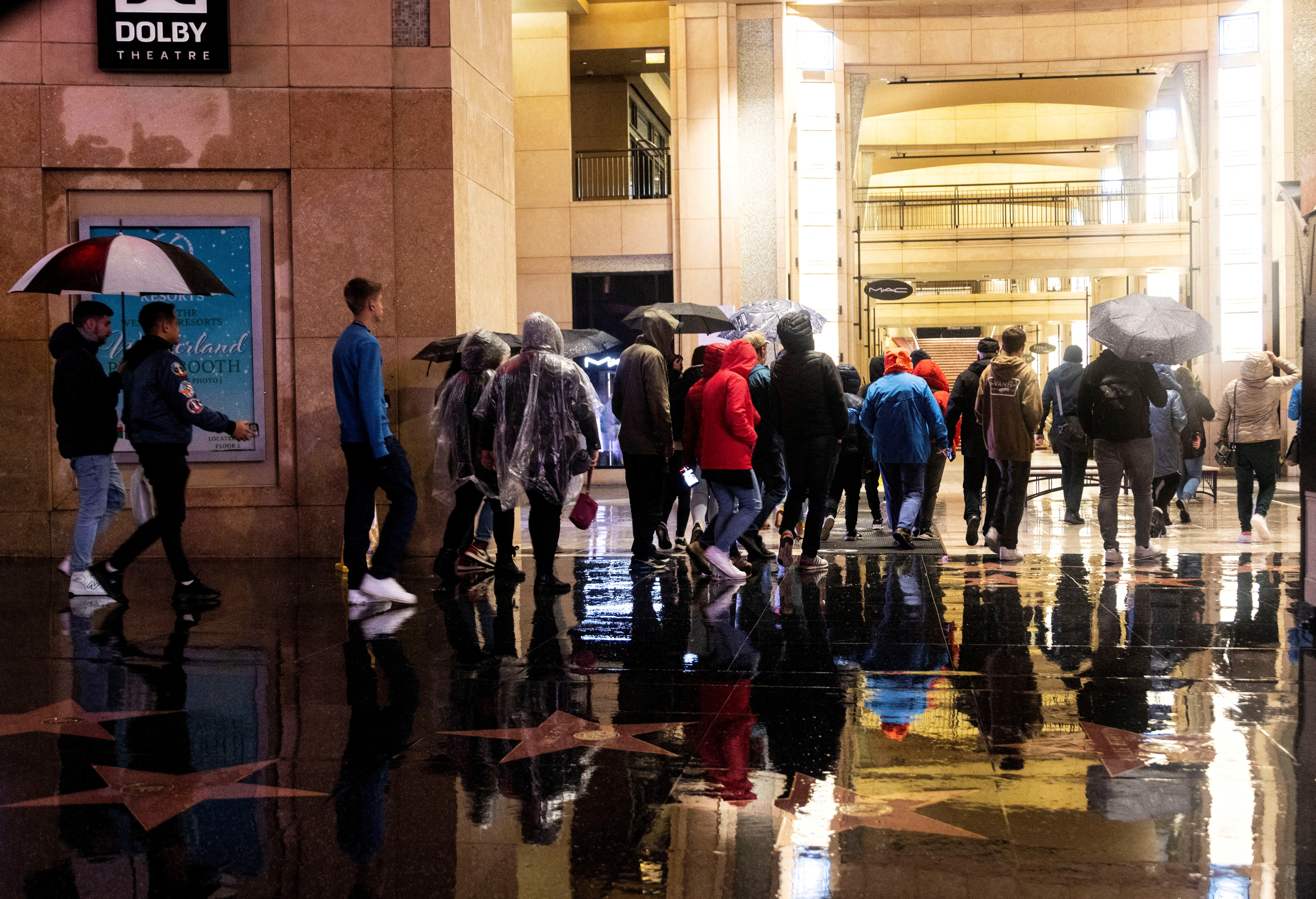
Sign up here.
Reporting by Aishwarya Jain in Bengaluru; Editing by Devika Syamnath
Our Standards: The Thomson Reuters Trust Principles. New Tab , opens new tab

Argentine President Javier Milei boasted on Monday that his government is successfully taming profligate public spending, touting a rare first quarter surplus that he argues is key to improving economic prospects in the Latin American nation.

Markets Chevron

Shares jump on tech boost; fragile yen on intervention watch
World stocks rose on Wednesday led by tech names as investors' focus shifts to earnings from U.S. megacap bellwethers this week, while the yen remained mired near 34-year lows, keeping traders wary of intervention from Japanese authorities.


IMAGES
COMMENTS
Essential travel information and guidance for tourists visiting or planning a holiday or short break to Wales. ... You can travel to Wales easily by road, rail or air. We're linked to every corner of the UK. Topics: Transport and travel.
Tiny Wales — jutting out of the west coast of the Isle of Britain — is largely covered in green, sheep-dotted pastures that end at 750 miles of scenically windswept coastline overhanging the Irish Sea. The south, with a less-rugged topography, is where two-thirds of the people live (and its best sights are conveniently near Bath and the Cotswolds). But the more distant north Welsh coast ...
Visit. Wales' outstanding natural landscapes are alive with world-leading adventure and a distinctive, contemporary culture. Colourful communities offer unique places to stay, and a feast of local food and drink. Sub sections.
North Wales. The epic landscapes of North Wales are alive with action, and a rich, distinctive culture. Find World Heritage, one of Europe's oldest living languages, and the UK's best adventure. Within the region of North Wales you'll find Conwy, Denbighshire, Flintshire, Gwynedd, Wrexham and Ynys Môn (the Isle of Anglesey).
South Wales. While the dramatic castles and scenery that many find quintessentially Welsh are in the country's north, spunky South Wales offers a convenient sampling of Welsh culture just over the border from some of England's top spots. Explore the renewed capital of Cardiff, step back in time as you step into an open-air museum's ...
Snowdonia & the Llŷn. Southeast Wales. Mid-Wales. Pembrokeshire. Anglesey & the North Coast. Swansea, The Gower & Carmarthenshire. Cardiff. Snowdonia National Park (Parc Cenedlaethol Eryri) Explore Wales holidays and discover the best time and places to visit.
Guidebooks. Our worldwide travel correspondents bring you the best and most up-to-date coverage of over 7,500 global destinations. Get information on Wales Travel Guide - Expert Picks for your ...
There are also 40 charging points at the National Library of Wales in Aberystwyth, Mid Wales. Visitors driving in Wales should be aware that laws in Wales regarding speed limits on the roads differ from the rest of the UK. Please head to the gov.wales website for more information. Remote roads to explore in Wales.
Pembrokeshire. Popular Pembrokeshire - the most westerly county in Wales - is home to some of the country's finest beaches, a plethora of pretty seaside towns and the UK's smallest city, St Davids. The entire coast is a national park, best explored with a hike along the Pembrokeshire Coast Path or on a coasteering tour - the cliff ...
There are three main motorway links between Wales and England. The M4 is the arterial route from London to South Wales, stretching as far as Pont Abraham in Carmarthenshire, West Wales. As you enter Wales, you'll pass over one of the two spectacular Severn Bridges. Tolls have been abolished, with effect from the end of 2018.
Planning Your Trip . Best Time to Visit: Wales is at its best during the late spring through early summer.You can expect a fair bit of rain, but also beautiful flowers throughout the country. Wales's temperate, humid climate means that there's only a small variation among temperatures throughout the year, with summer temperatures usually hovering in the mid-60s F.
Things to do. Wales is a place of natural drama and things to do, from the country's beaches to walking its mountain ranges. The nation's history is told through its ancient monuments and museums. The bold 21st century Wales is here for everyone to discover. From exploring on a short break in one of Wales' cities or getting active in one ...
For more information and inspiration for travelling in Wales and the The Brecon Beacons National Park, check out the Rough Guides to Wales, as well as the best travel experiences in Wales, the best beaches in Wales, full guide to Snowdonia National Park, these beautiful pictures of North Wales and the best walks and hikes.
Wales Tourism: Tripadvisor has 2,686,891 reviews of Wales Hotels, Attractions, and Restaurants making it your best Wales resource.
Wales is made for lovers of the great outdoors, and many of its most scenic travel routes are best explored on foot or by bike. The 870-mile (1400 km) Wales Coast Path winds its way around the entire Welsh coast - a world first when it launched in 2012 - and the country's rural heart is crisscrossed with off-road cycle routes and quiet ...
Residential courses are run for everyone from complete beginners to near-fluent speakers: either weekend (full board £225), three-day (£280) or five-day (£485).For more information, see Nefyn and Porth Dinllaen. Plas Menai: The National Watersports Centre near Caernarfon t01248 670964, wplasmenai.co.uk.
The Standing Stones of Pembrokeshire, West Wales. Rory Fuller. Stonehenge is for tourists. If you want to go deeper into Britain's mysterious neolithic history — and discover the origins of that ...
How to get to Wales: travel information. Cardiff Airport sits just on the outskirts of the city and boasts convenient bus and rail connections to not only the city center but also various parts of South Wales. A flight of approximately 80 minutes will transport you to key European hubs like Amsterdam and Paris, while domestic travelers can ...
Welcome to the official website for all Americans traveling to Wales. We've put this site together to help U.S. travelers get the most from their time in Wales and to make planning a trip that much easier. You can order free copies of our brochures, find out about vacations you can book, and see the latest vacation ideas and special deals.
Traveline Cymru is now part of Transport for Wales. Learn about our new name and what's happening next. All of the knowledge, great service and expertise you love, just with a new name and part of a more joined up approach to public transport in Wales.
Travel information. Traveline Cymru aim to provide you with as much information as we can to help you to make your journey any time, any way to any place. These pages have been designed so that you have all the information you need at your fingertips.
Active incidents or roadworks that may affect travel. Map. Planned roadworks information on our roads. Cameras. View live traffic cameras on your route. Live traffic alerts. A483 : Now clear : Both directions : Newtown bypass ... Connect with Traffic Wales @TrafficWalesN @TrafficWalesS. TrafficWalesN. TrafficWalesS. @trafficwalestraffigcymru.
BBC News. Some roads in Wales will revert to 30mph following backlash at the Welsh government's £34m default 20mph policy. Transport Secretary Ken Skates said the changes will address the ...
Visiting Wales safely. Information on safety advice for outdoor activities and staying safe in accommodation. Annual holidays. Coastline. Accommodation. Outdoor. Travel information and advice for planning your next holiday to Wales.
Sat 20 Apr 2024 10.20 EDT. Wales's transport minister has said the government will "correct" its guidance on the introduction of 20mph speed limits in built-up areas. The announcement comes ...
The Princess Of Wales. Prince Louis turns six today, and his parents have released an adorable new image to mark the occasion. Posted on the Prince and Princess of Wales's social media channels ...
Deaths registered weekly in England and Wales, provisional: week ending 12 April 2024. Provisional number of deaths registered in England and Wales in the latest weeks. From: Office for National ...
HOUSTON, April 22 (Reuters) - U.S. fuel retailer Pilot Travel Centers named Gary Hoogeveen president of its energy business, the latest executive change since Berkshire Hathaway (BRKa.N) took over ...
William, the Prince of Wales, helps make bolognese sauce with head chef Mario Confait during a visit to the Surplus to Supper food charity, in Sunbury-on-Thames, England, April 18, 2024.
Chinese tourists in the U.S. spent a whopping $15 billion in 2019, more than any other market, according the U.S. travel association. International Trade Administration (ITA) data for 2023 shows ...